NCERT Solutions Class 8 Maths Chapter 11 Mensuration
NCERT solutions for class 8 maths chapter 11 mensuration builds on concepts of area and perimeter of figures like triangles, rectangles, etc., that kids learned in previous chapters in order to introduce them to more plane figures and three-dimensional solids. This lesson seamlessly integrates different concepts so that students can apply these to real-life questions. In addition to this, it brings in the topic of volume and capacity. Volume can be defined as the space occupied by a 3D solid shape while capacity is the amount of liquid a container holds. NCERT solutions class 8 maths chapter 11 targets cubes, cuboids, and cylinders. Children learn about the surface area and volume of these figures in-depth. This chapter is not only important for class 8 but also is a crucial topic that makes its way in higher classes. Thus, it is imperative for children to build a strong foundation of this subject matter.
Class 8 maths NCERT solutions chapter 11 is a knowledge-packed chapter. Apart from this students are taught how to harness their visualization skills. For example, if kids are asked to find the surface area of a cube they have to mentally see the figure and understand its components in order to solve problems based on the same. This is one of the most important abilities that a child can acquire as it is also useful for other subjects like Physics and Chemistry. As students progress to more complex shapes under the same lesson it is their visualization powers that will help them ace exams. NCERT Solutions Chapter 11 Mensuration has step-wise explanations to all NCERT coursebook questions. In this article, we will get a detailed analysis of mensuration and see how to solve sums on the same and also you can find some of these in the exercises given below.
- NCERT Solutions Class 8 Maths Chapter 11 Ex 11.1
- NCERT Solutions Class 8 Maths Chapter 11 Ex 11.2
- NCERT Solutions Class 8 Maths Chapter 11 Ex 11.3
- NCERT Solutions Class 8 Maths Chapter 11 Ex 11.4
NCERT Solutions for Class 8 Maths Chapter 11 PDF
When working with the perimeter, area, surface area and volume students must keep in mind that the units have to be the same. The NCERT solutions class 8 maths also has various problems to illustrate this point. The questions have been curated by mathematical geniuses to give kids a holistic learning experience. They cover all elements that fall under a particular topic in this chapter. Given below are the links to all the exercise-wise solutions that are in a pdf format and are free to download.
☛ Download Class 8 Maths NCERT Solutions Chapter 11 Mensuration
NCERT Class 8 Maths Chapter 11
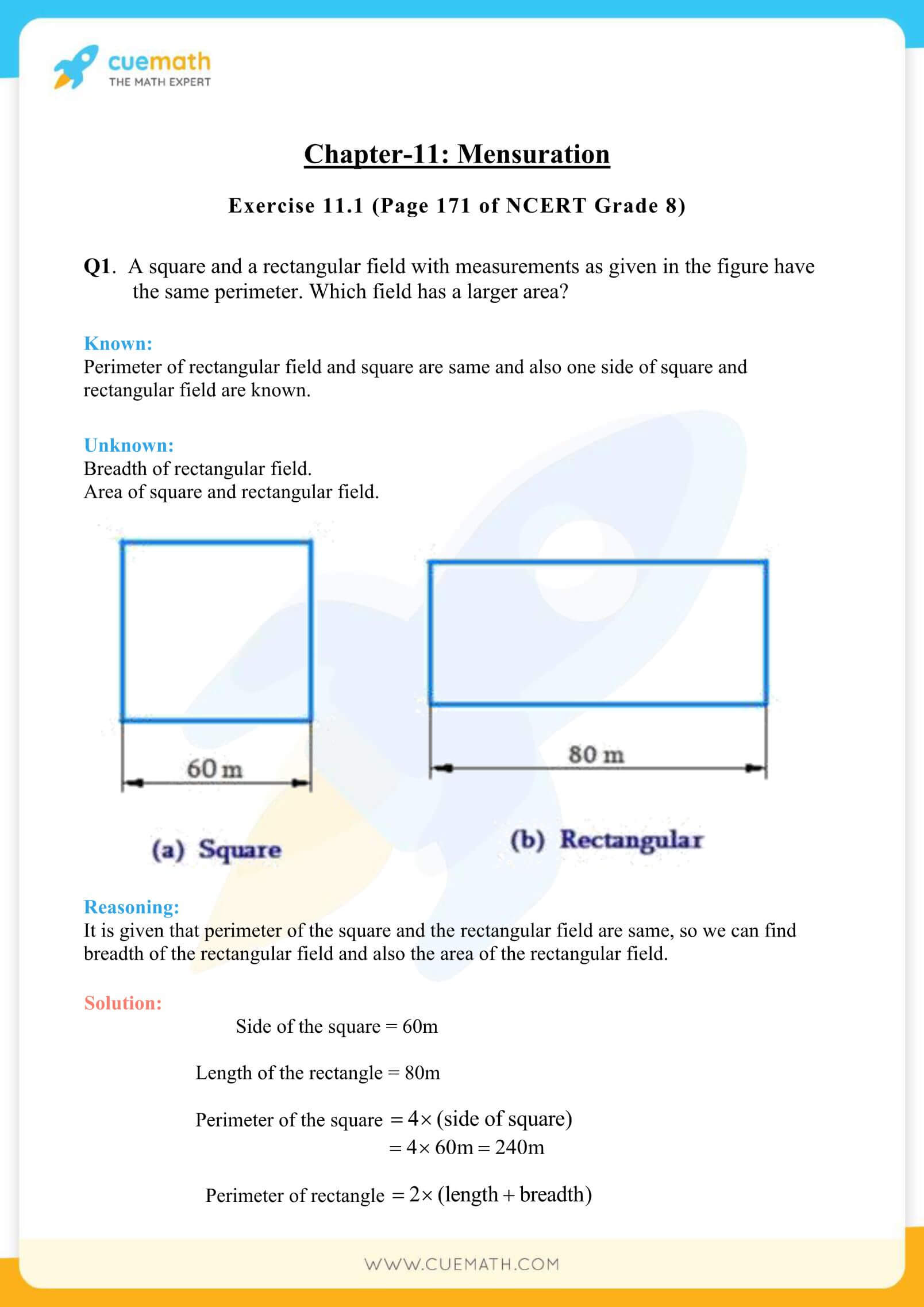
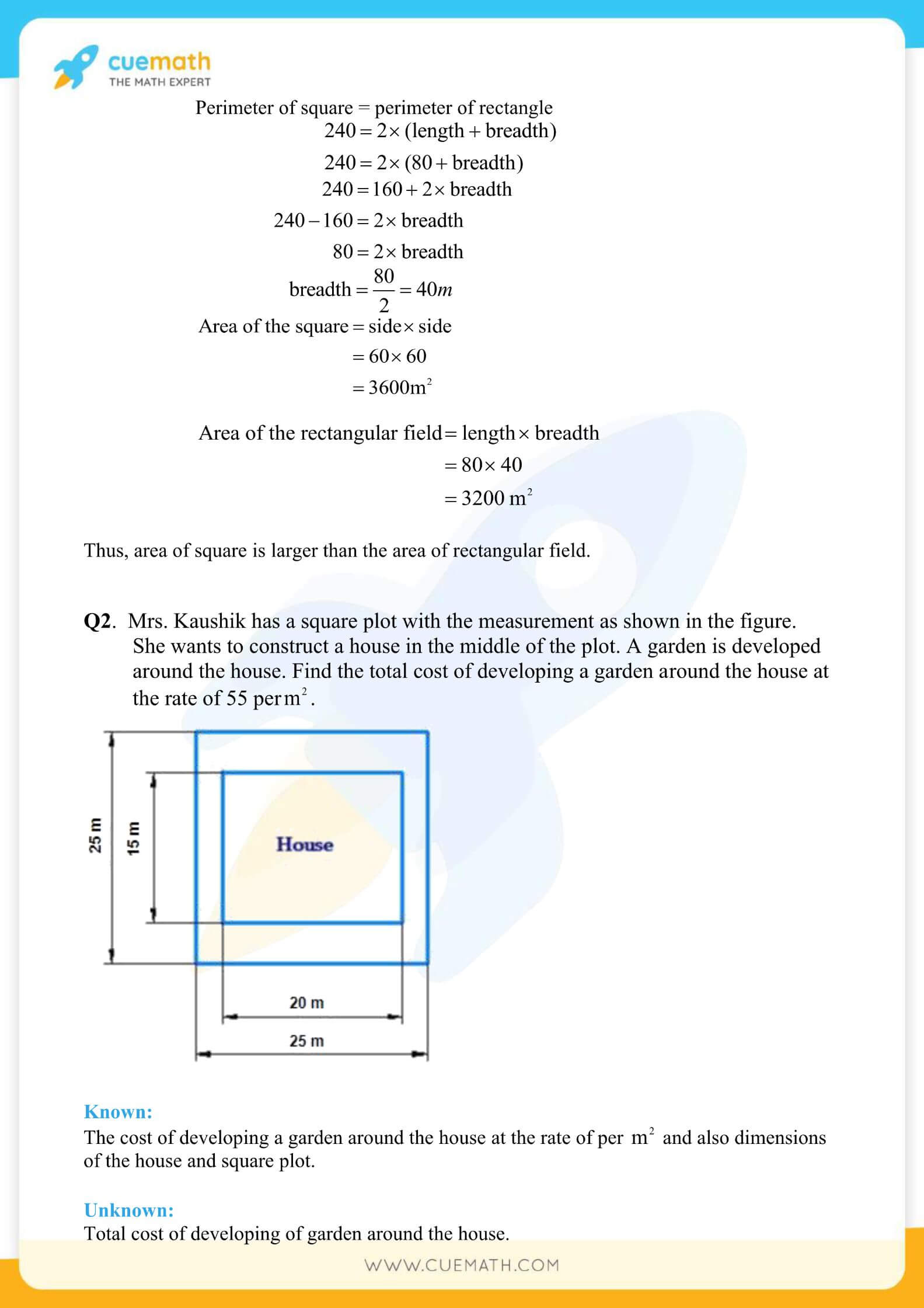
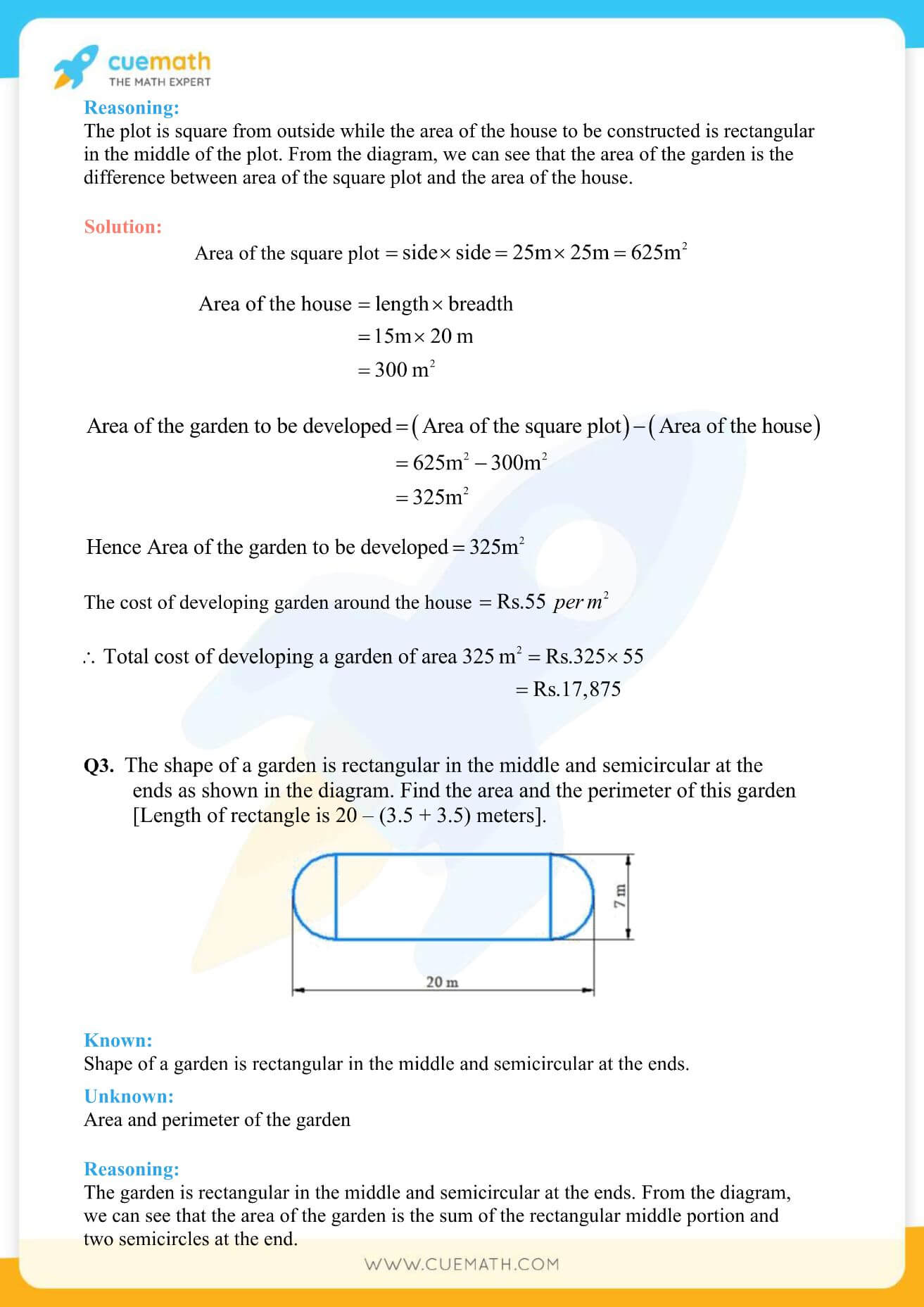
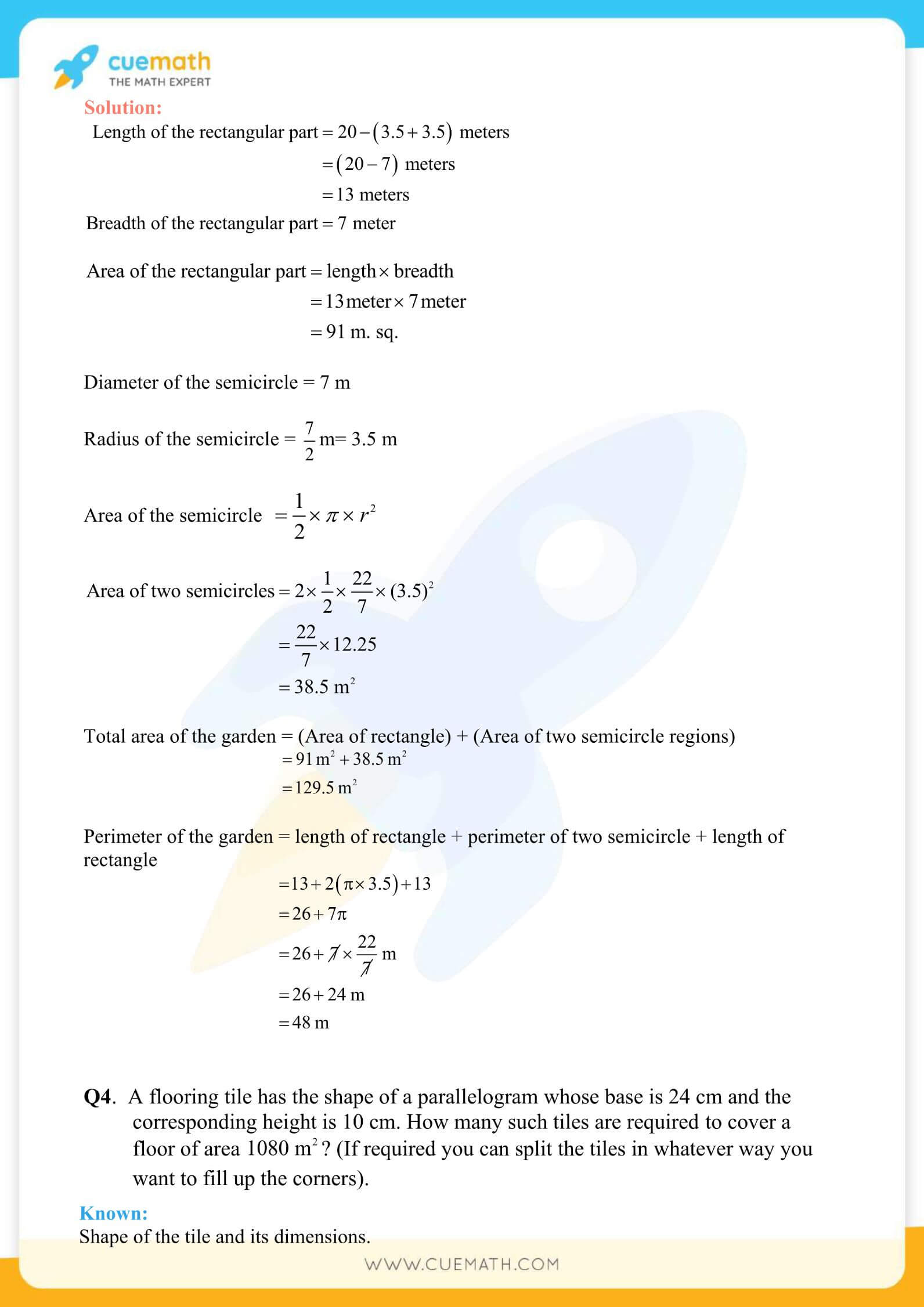
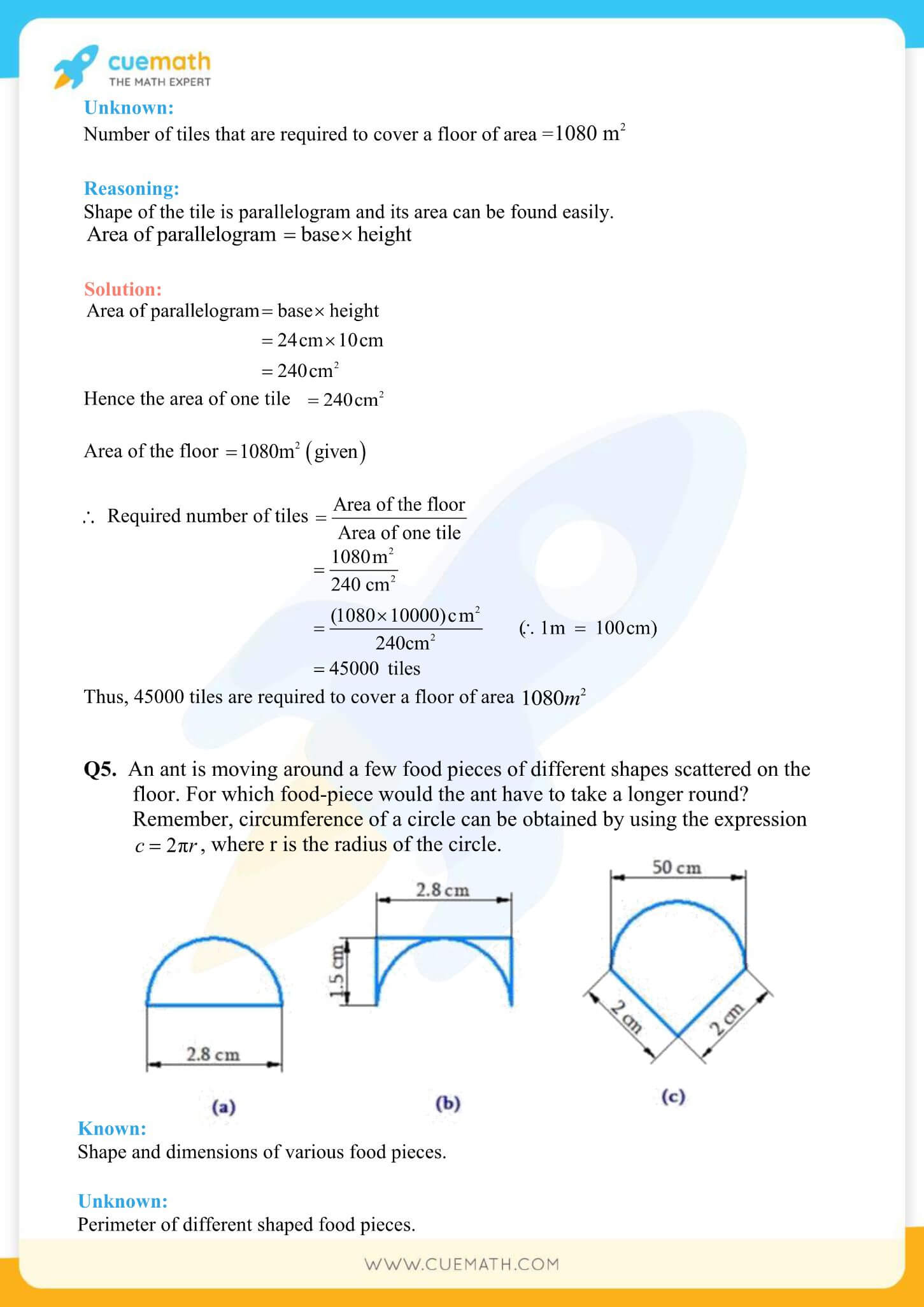
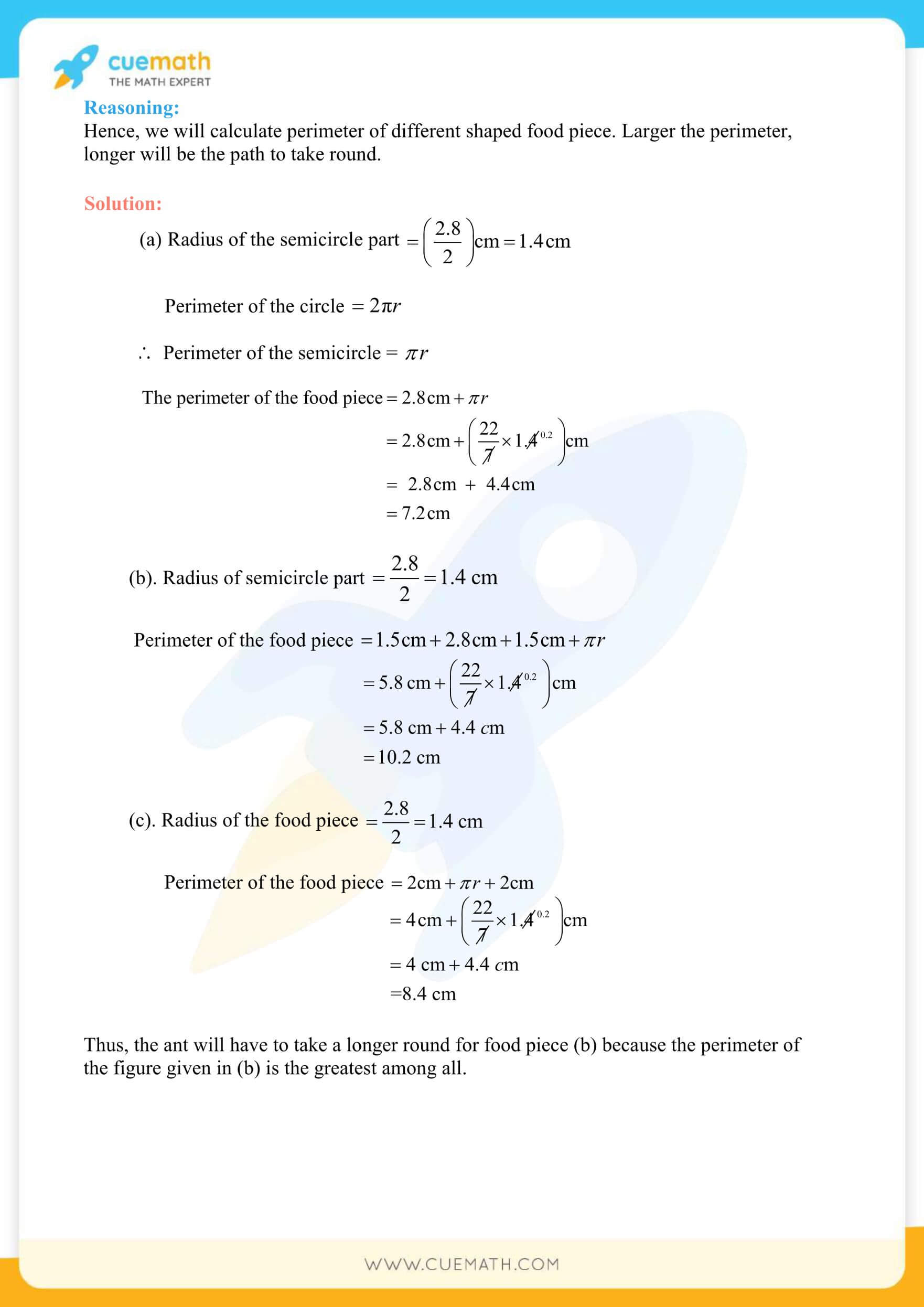
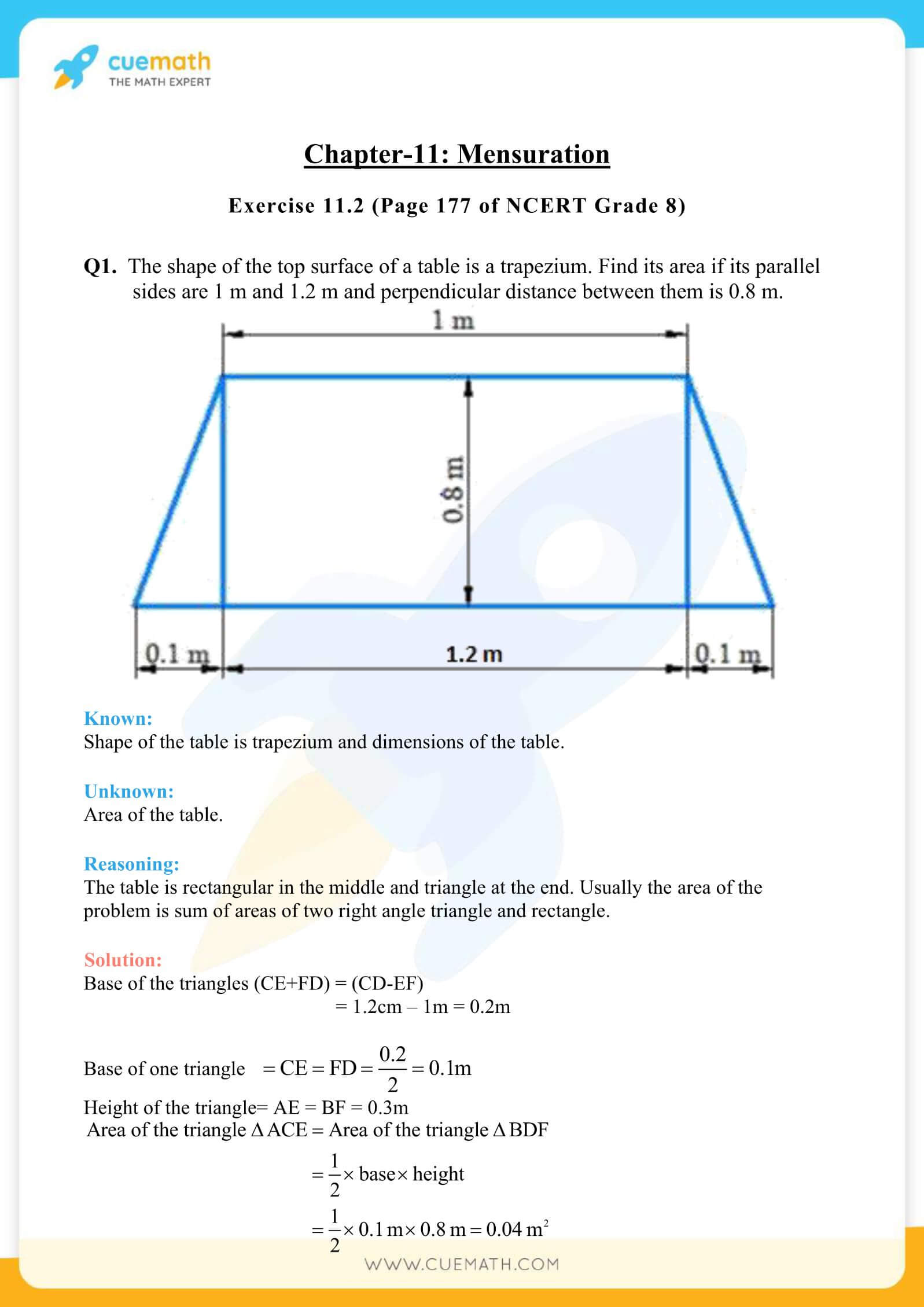
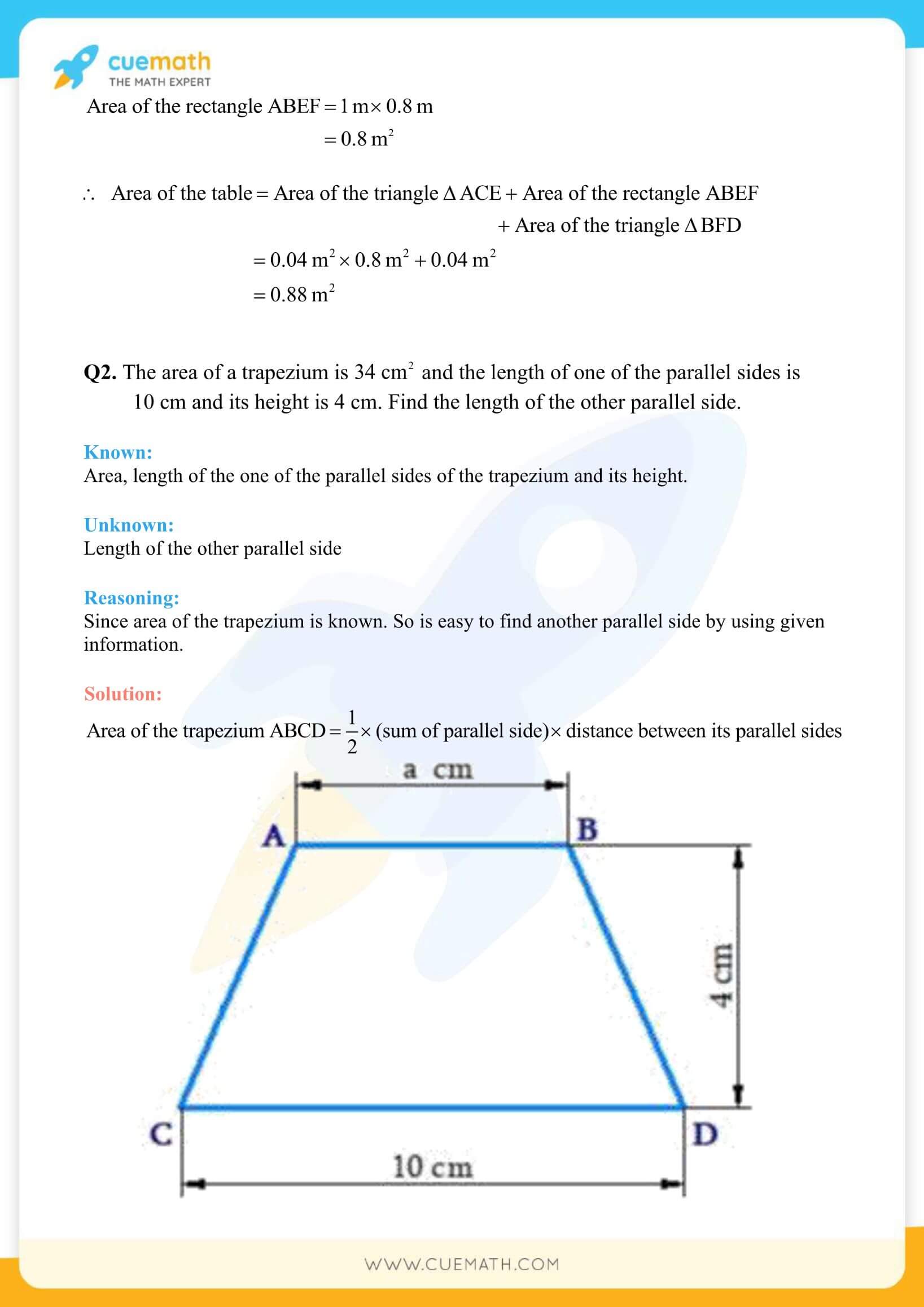
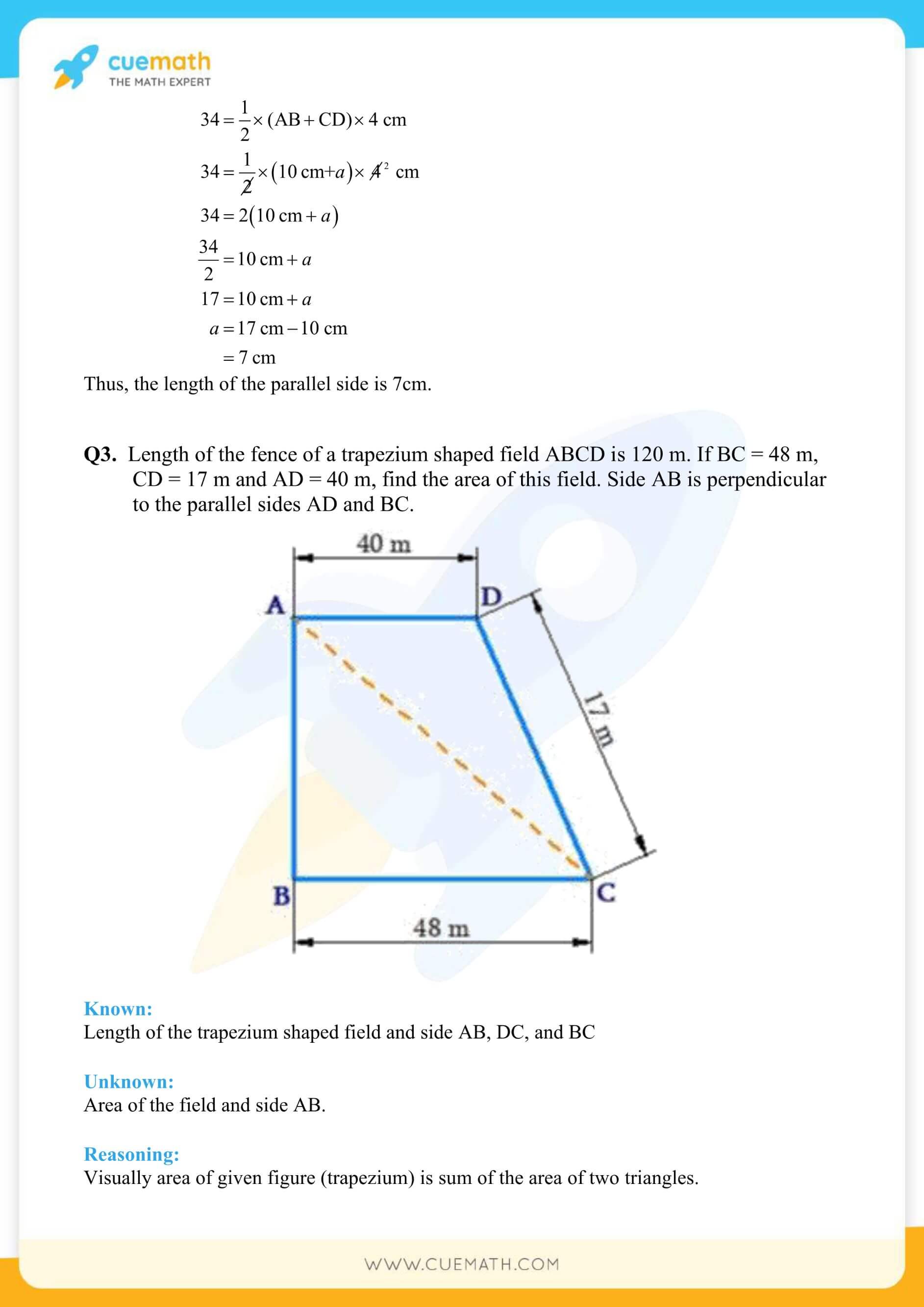
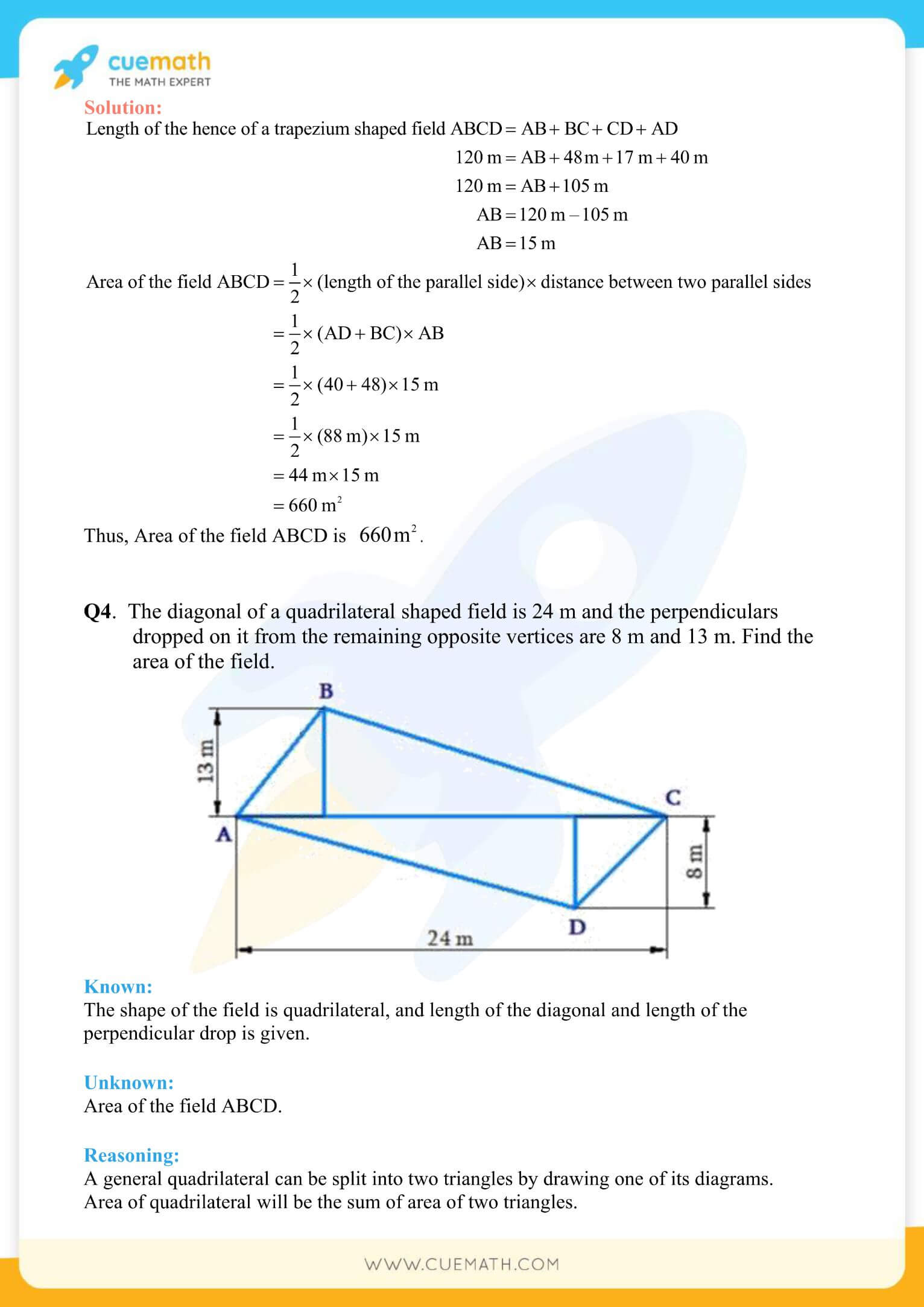
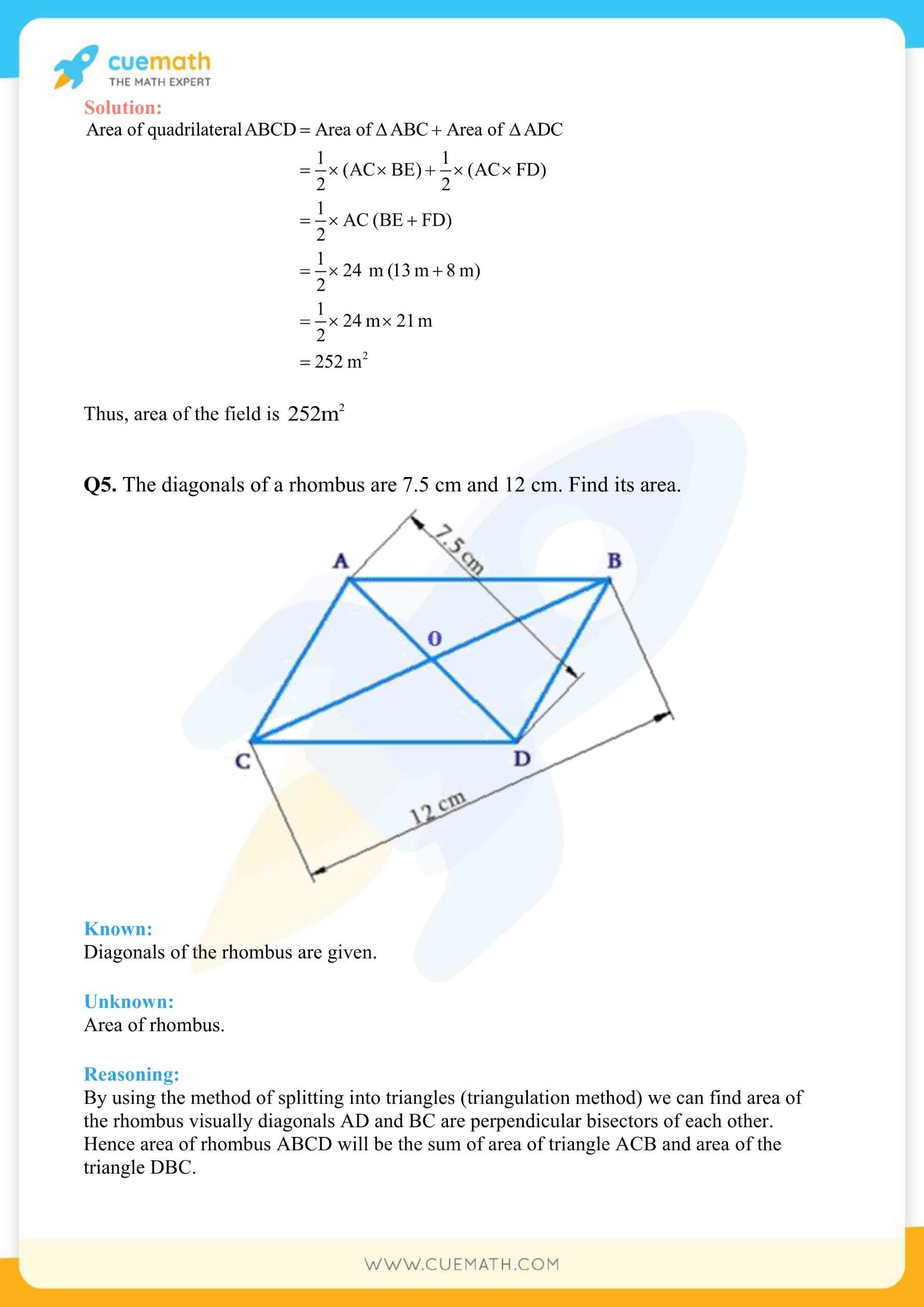
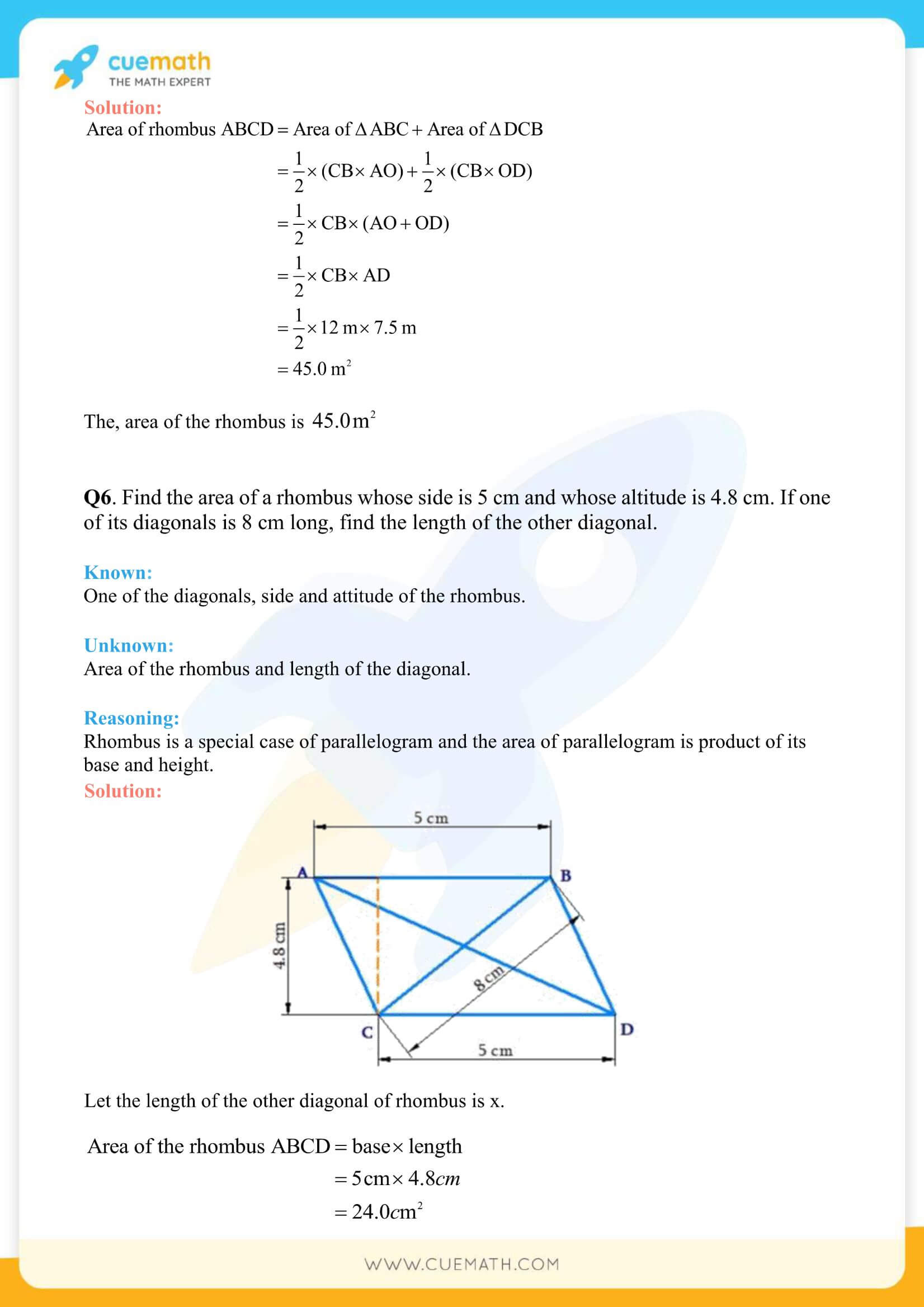
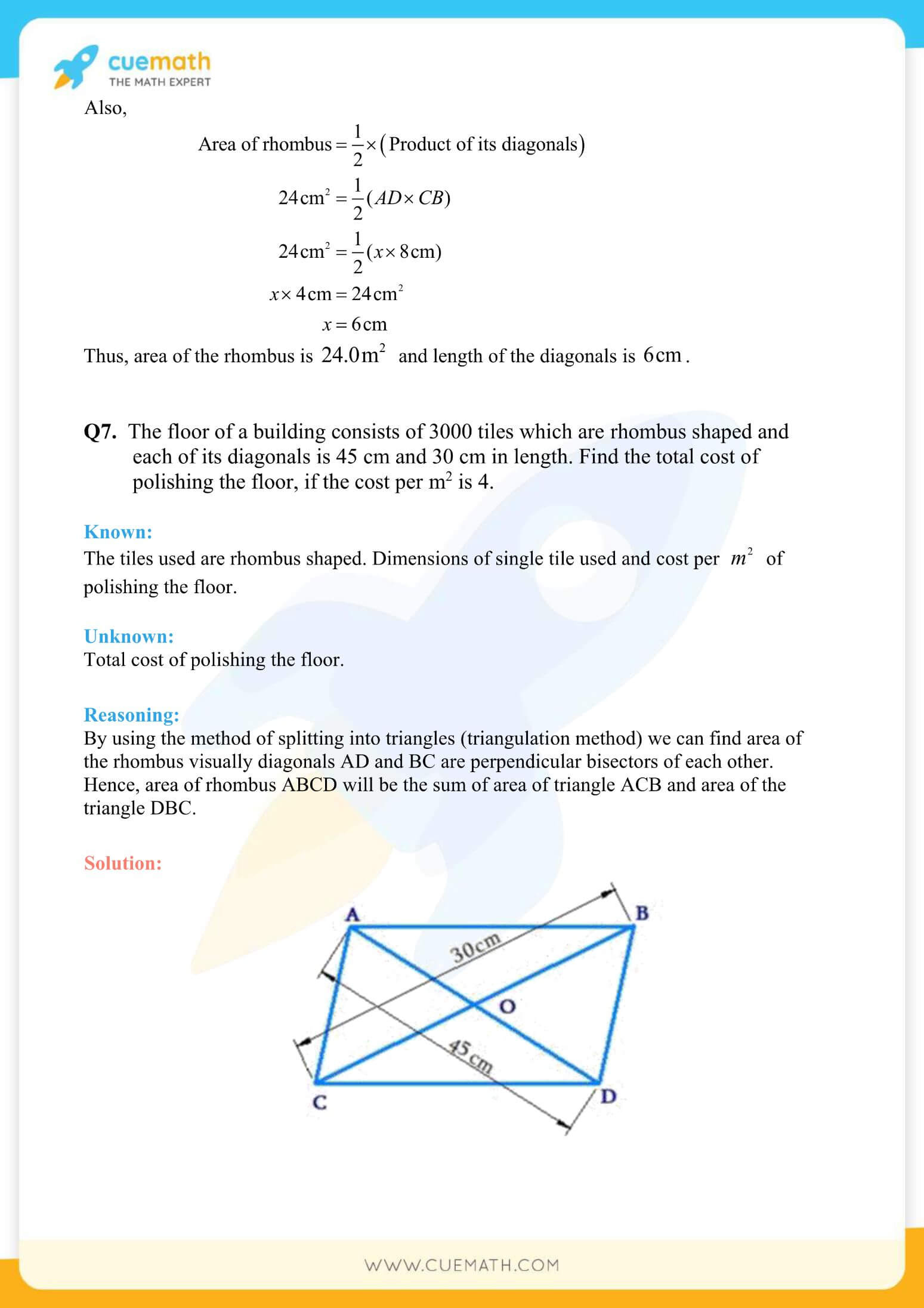
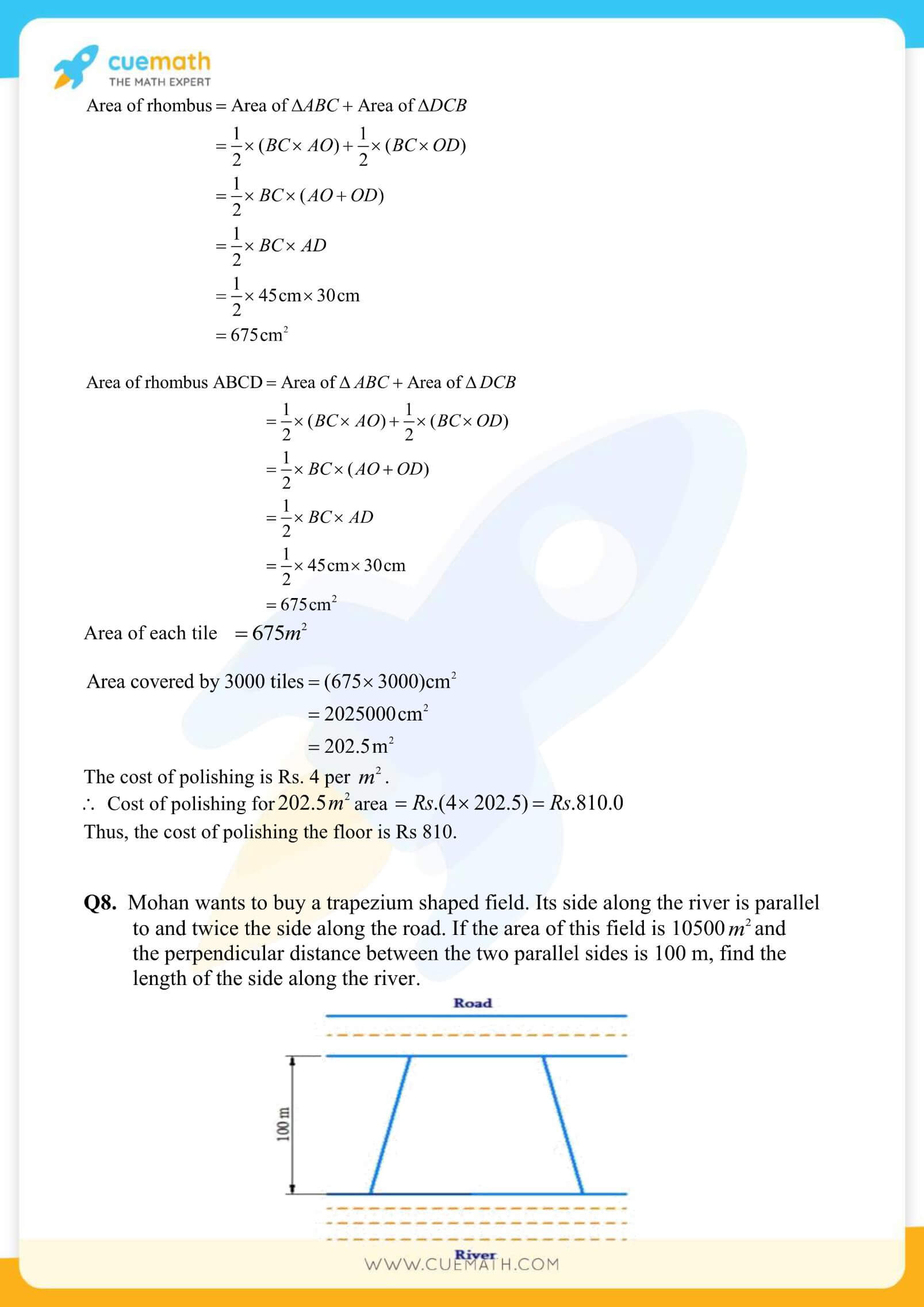
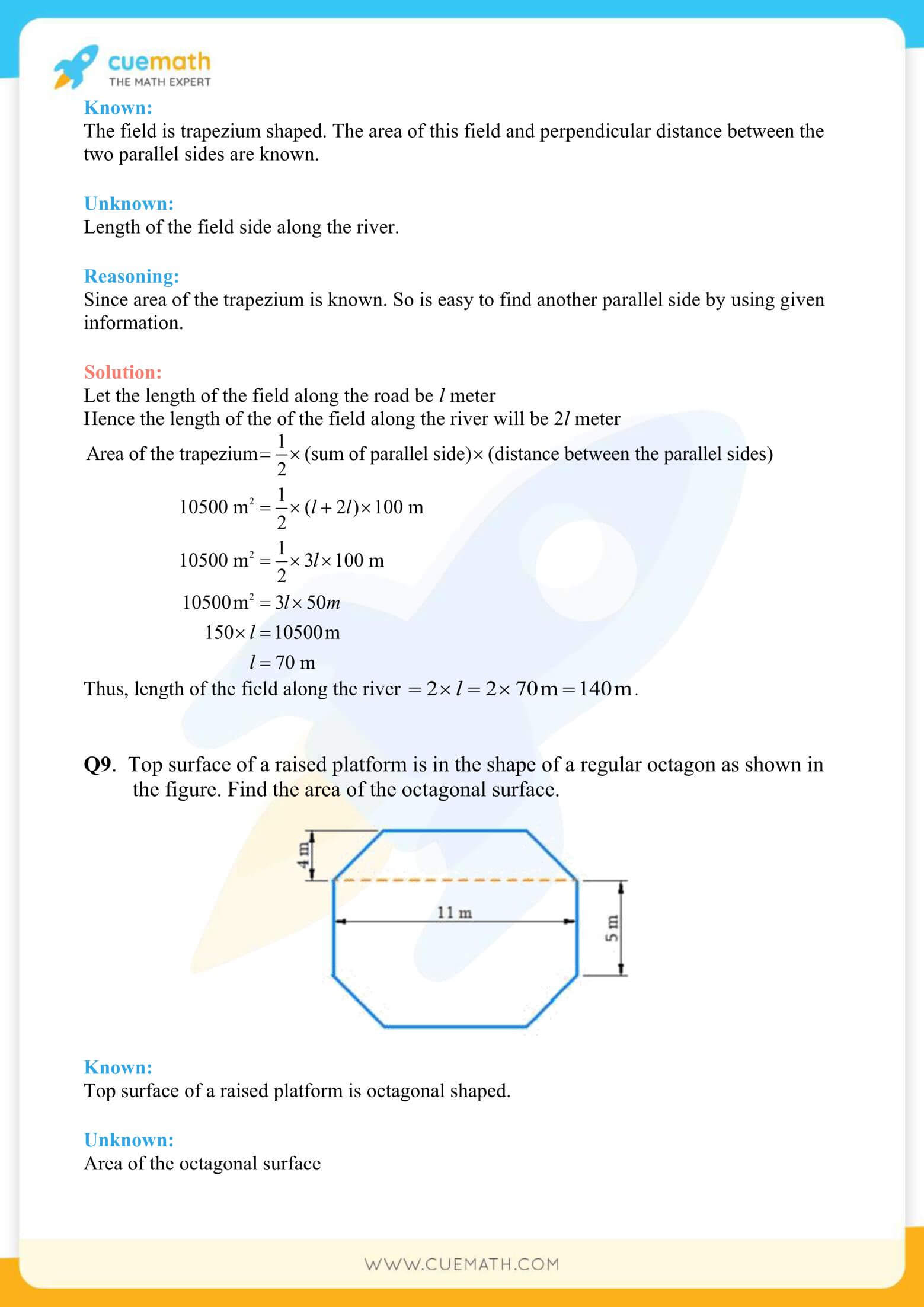
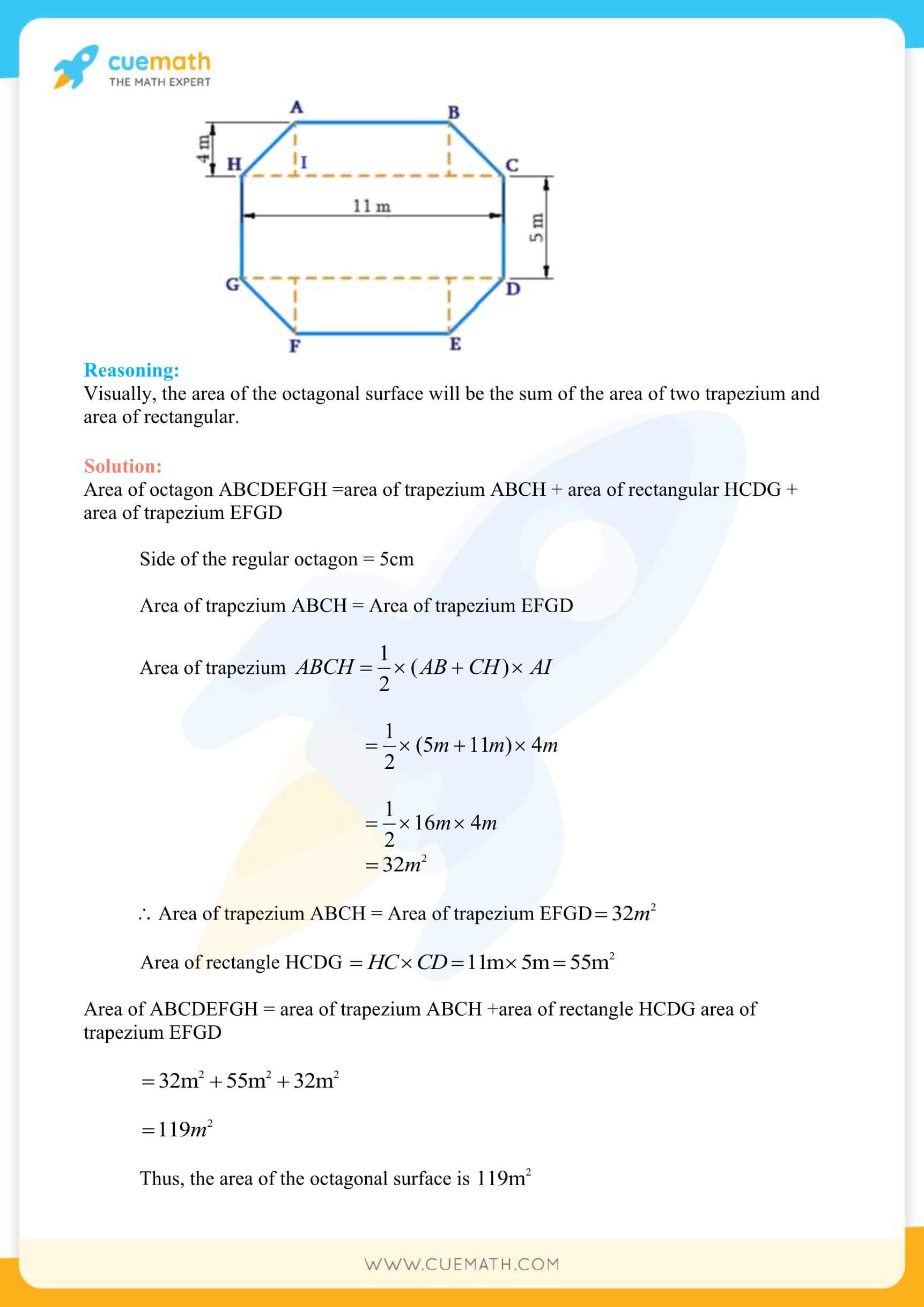
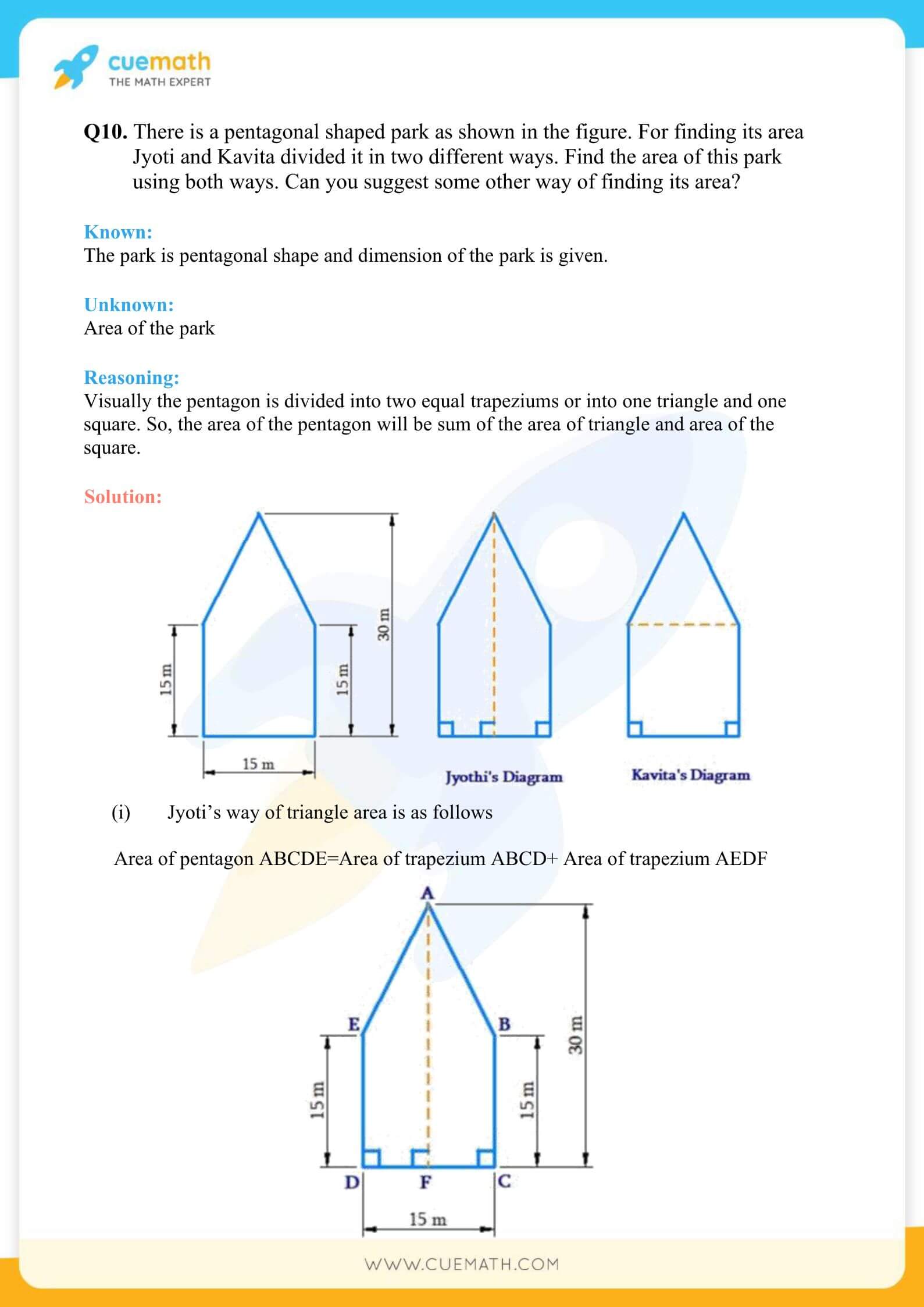
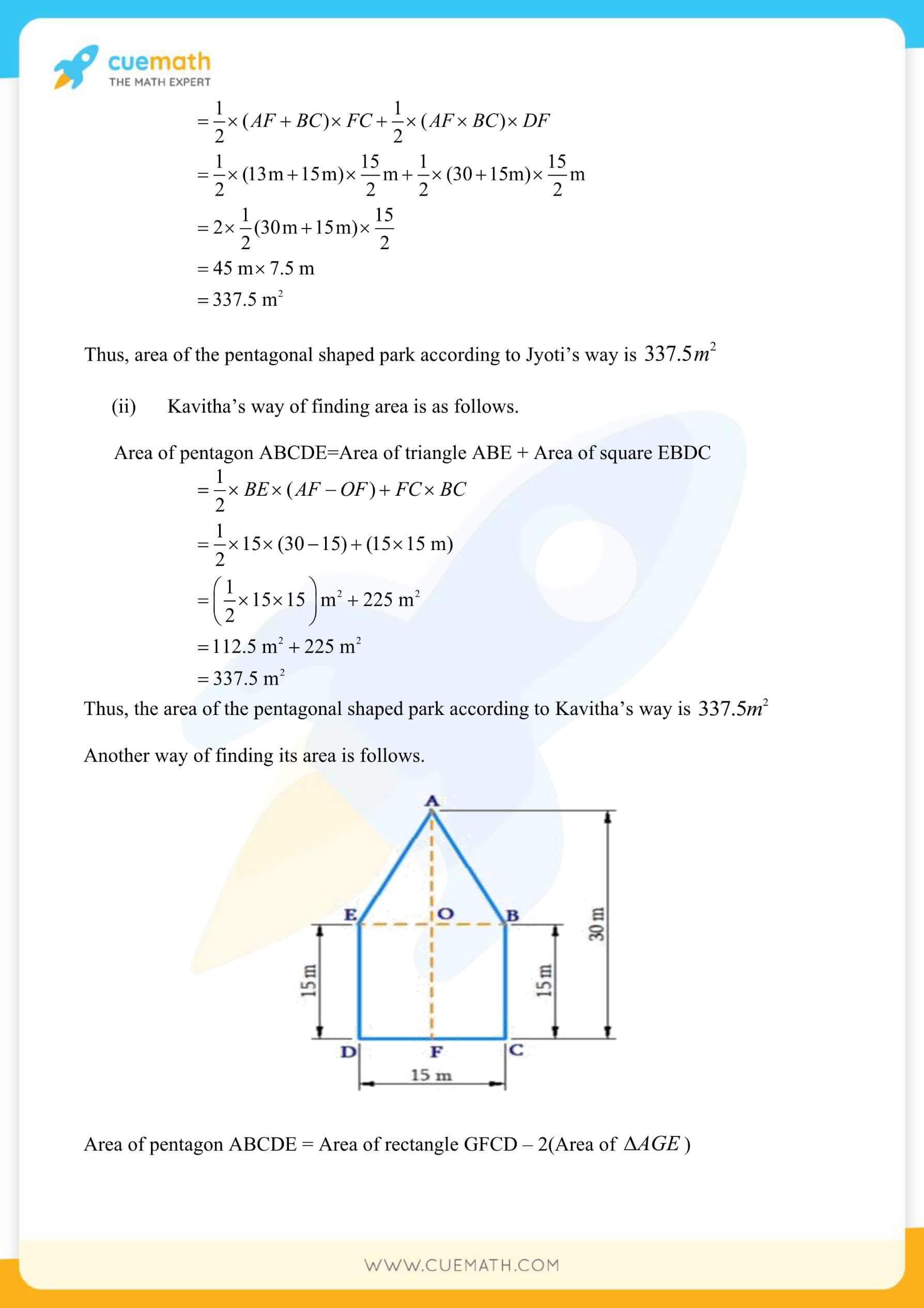
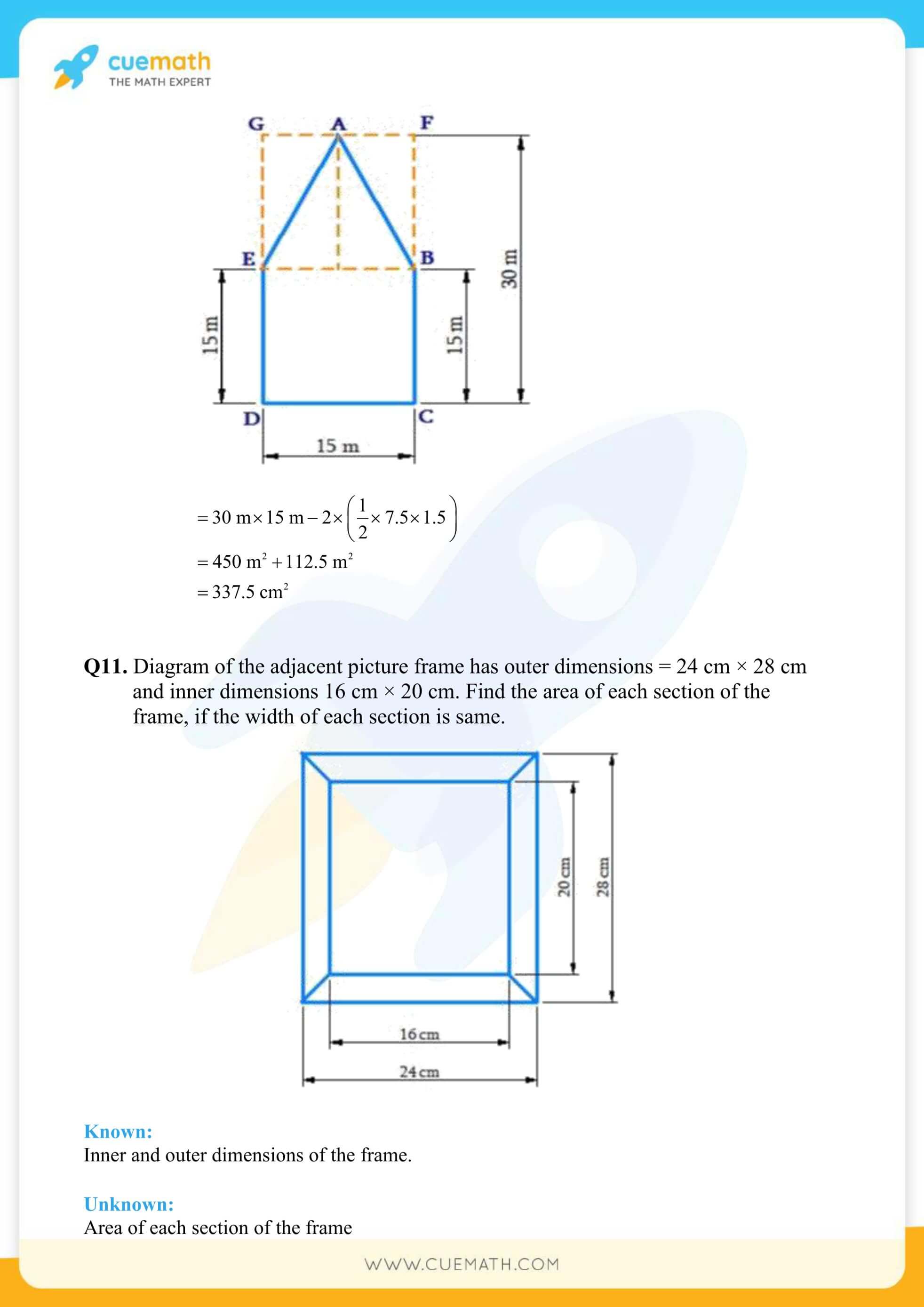
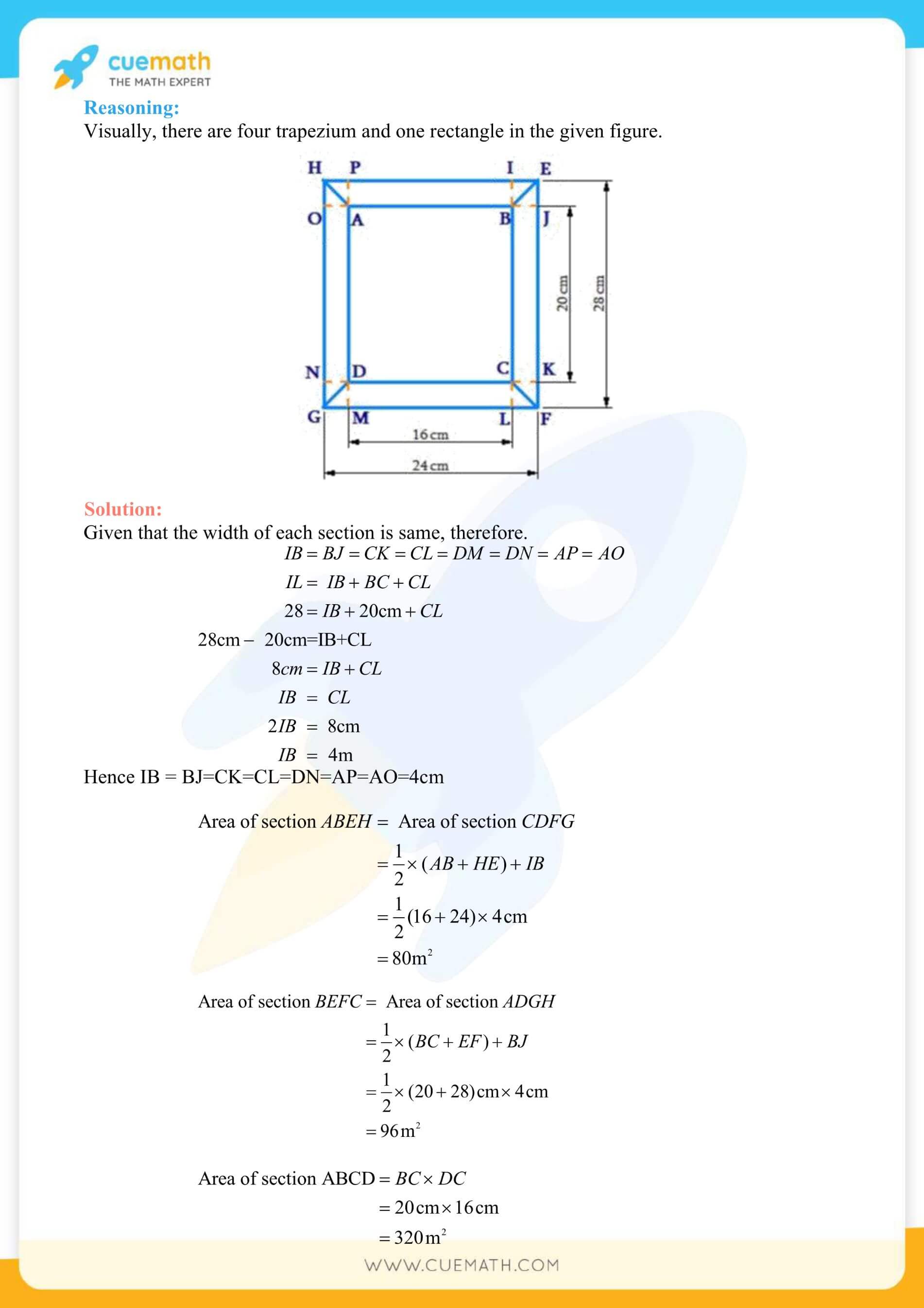
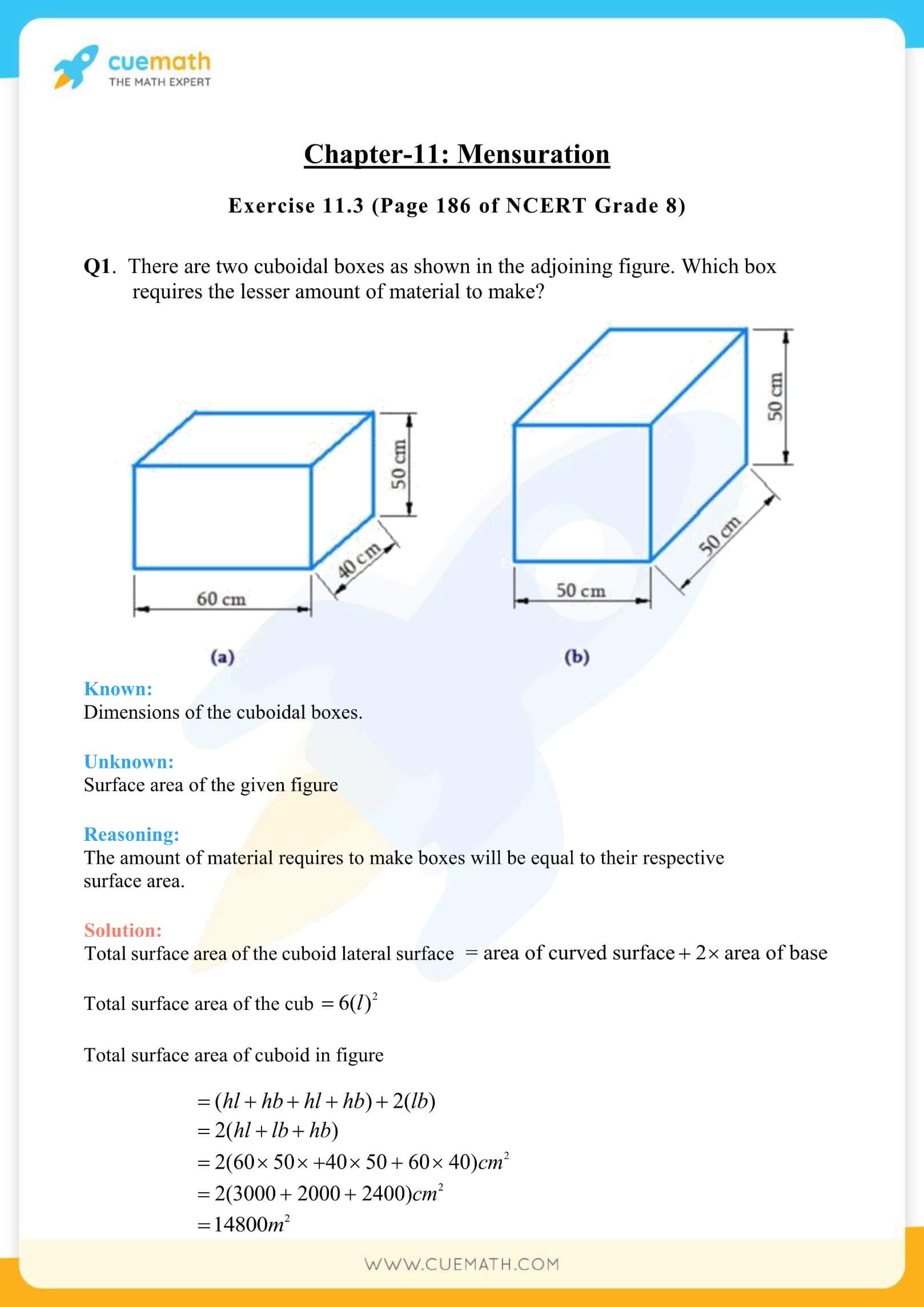
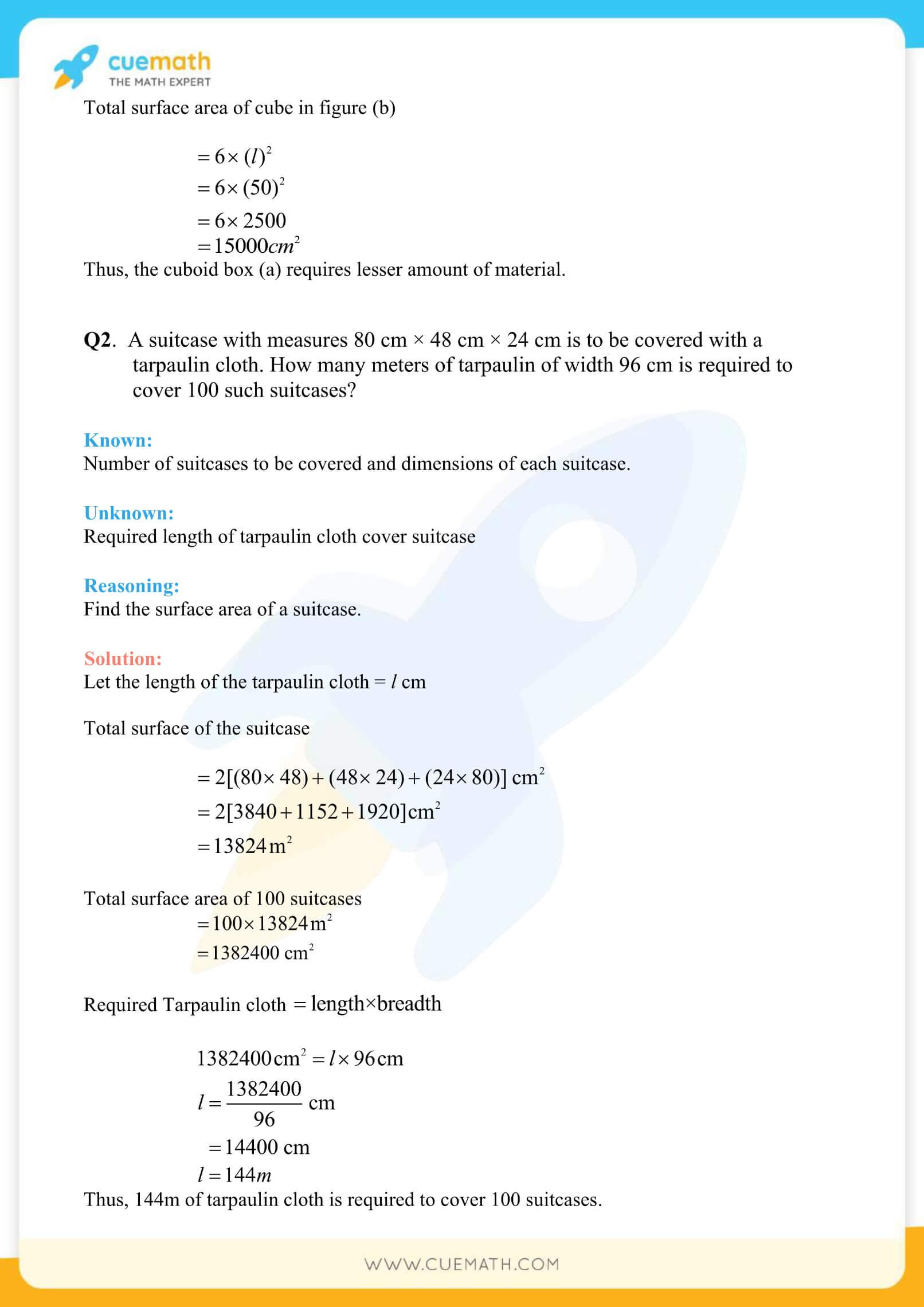
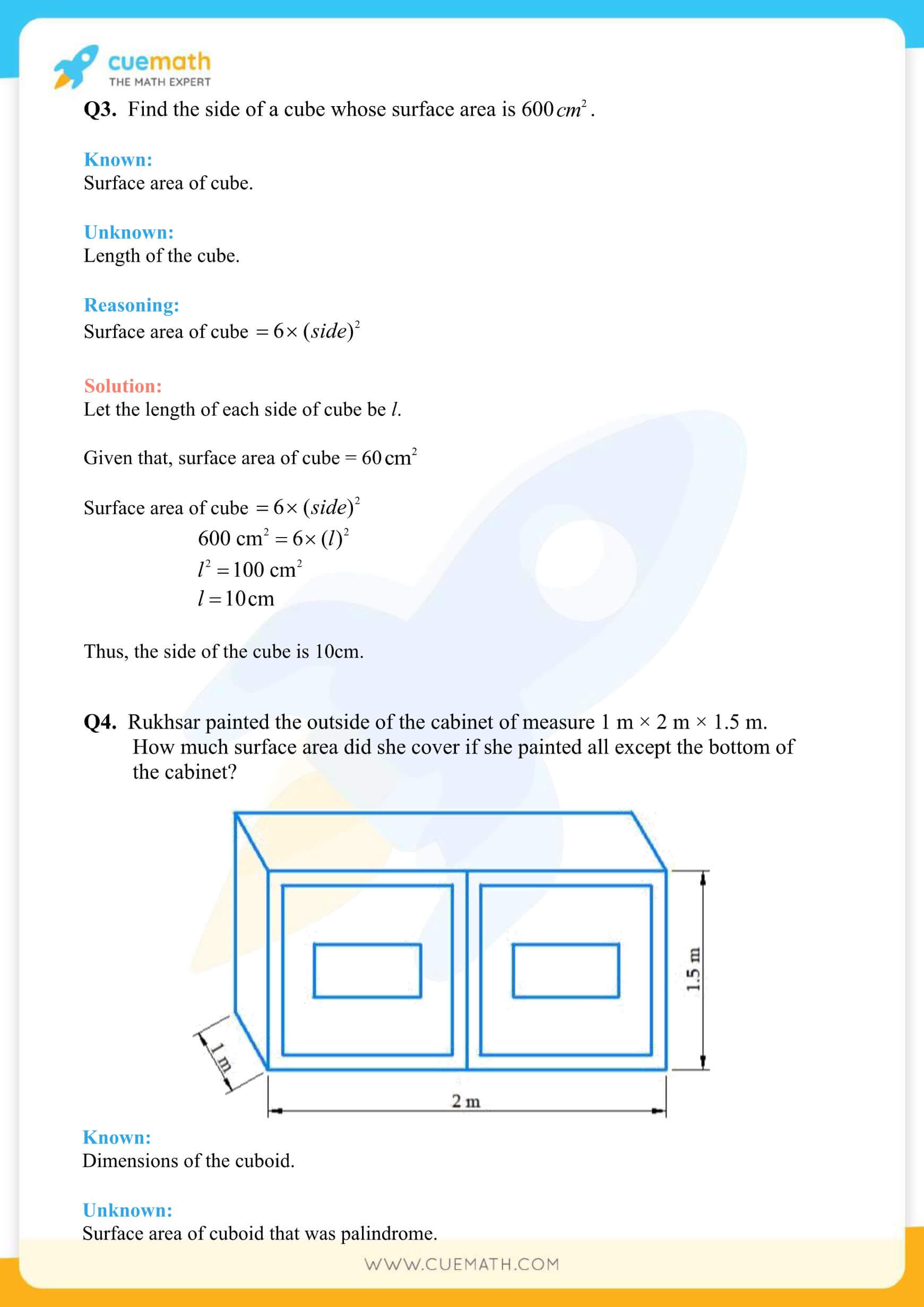
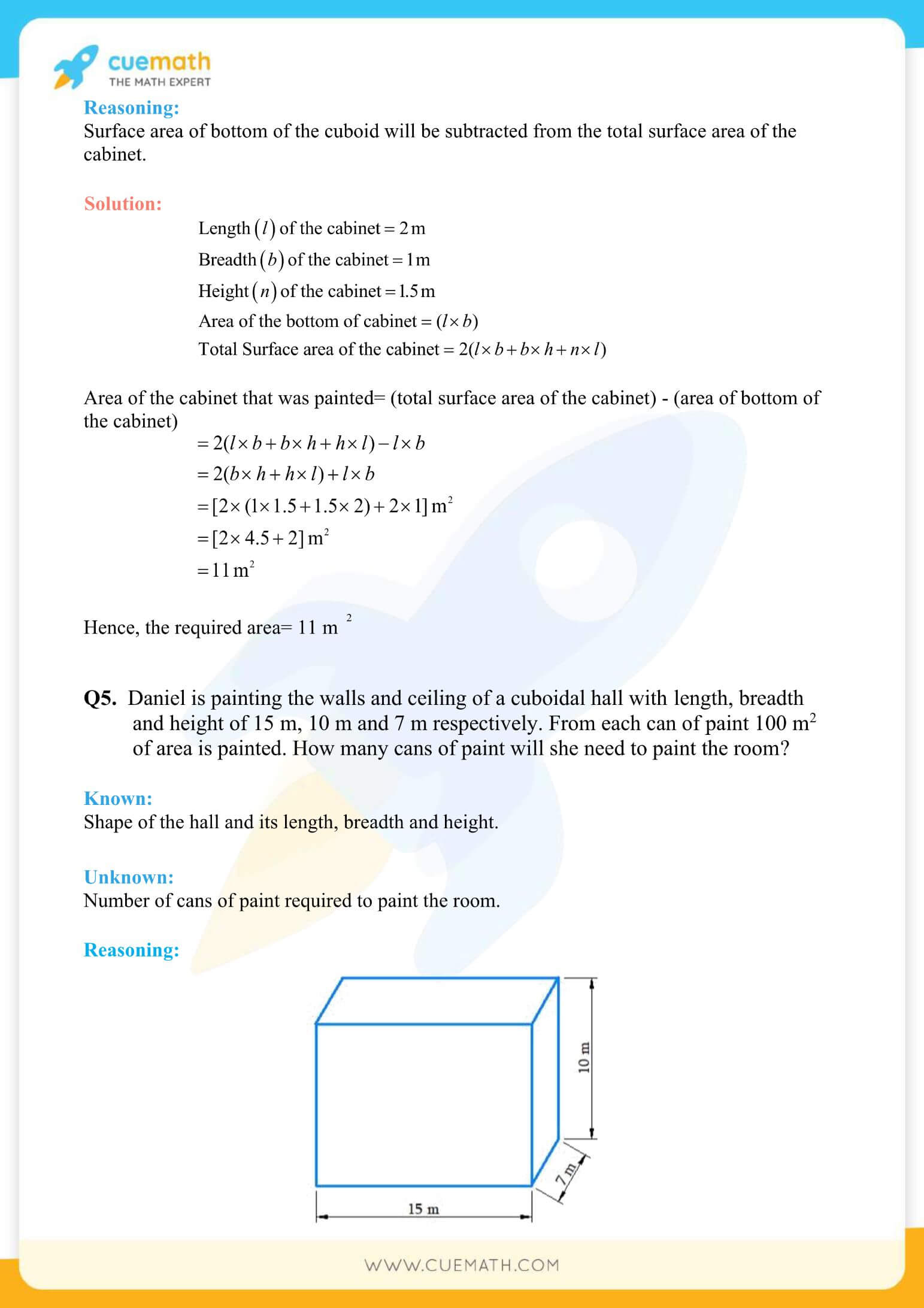
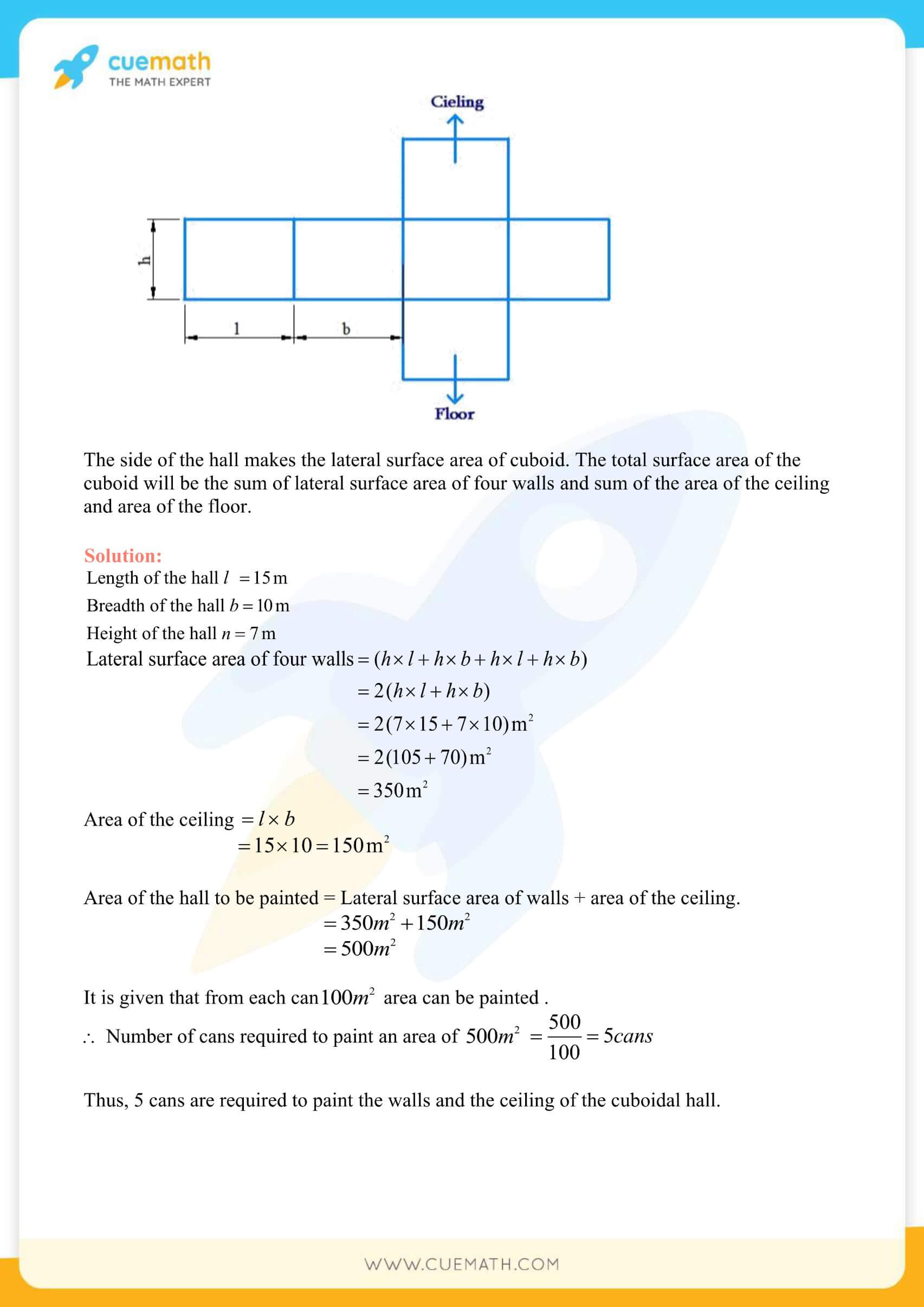
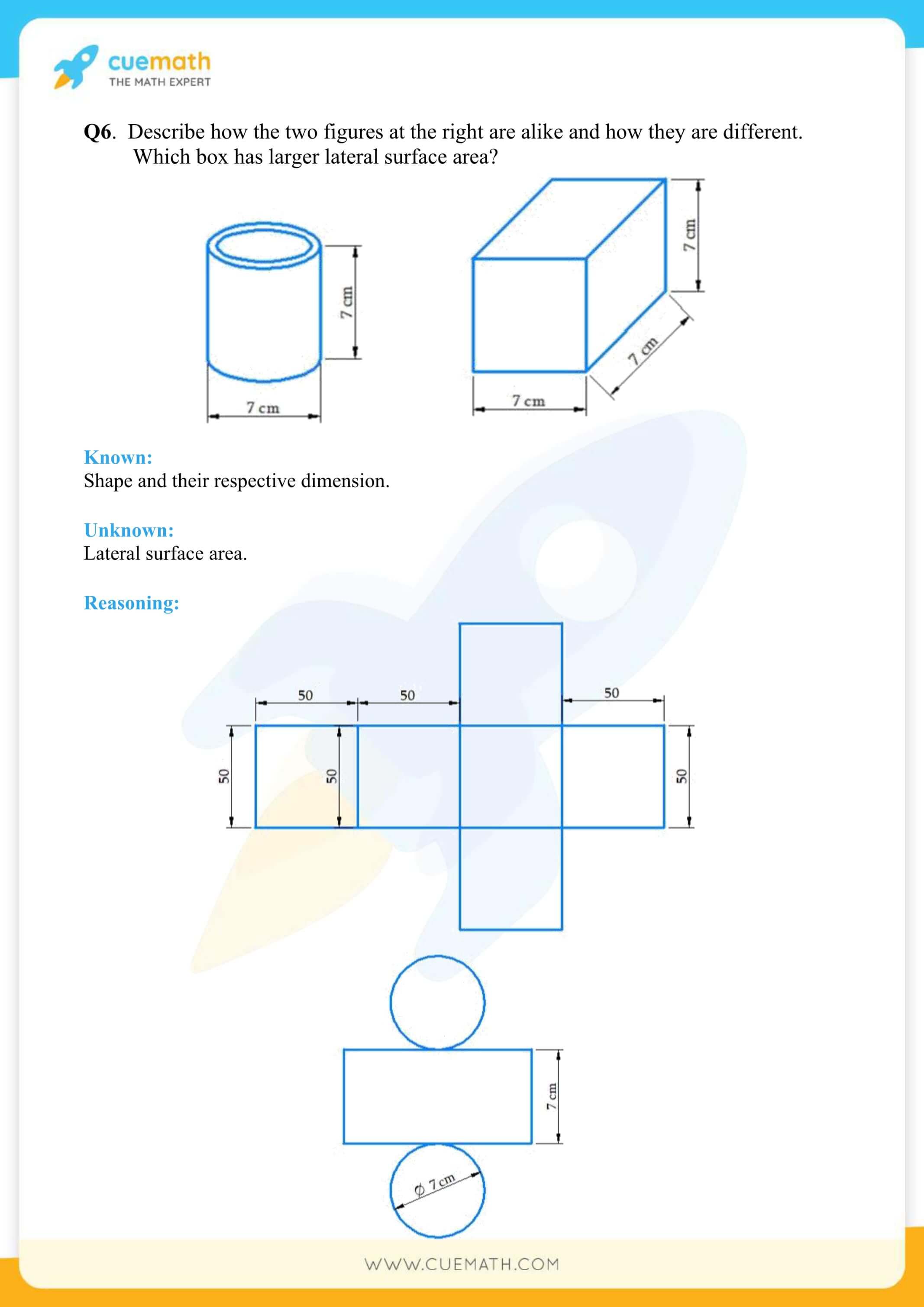
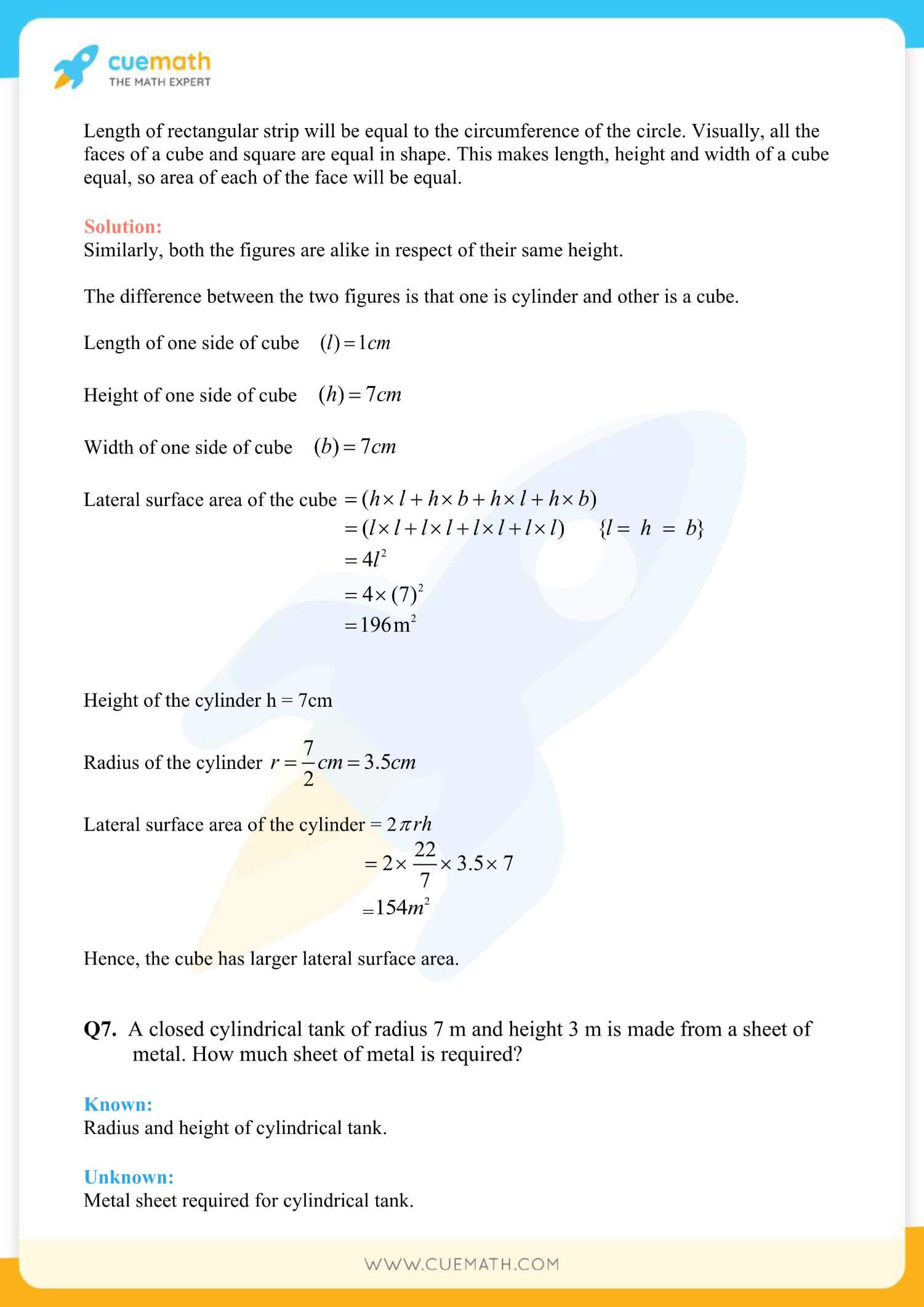
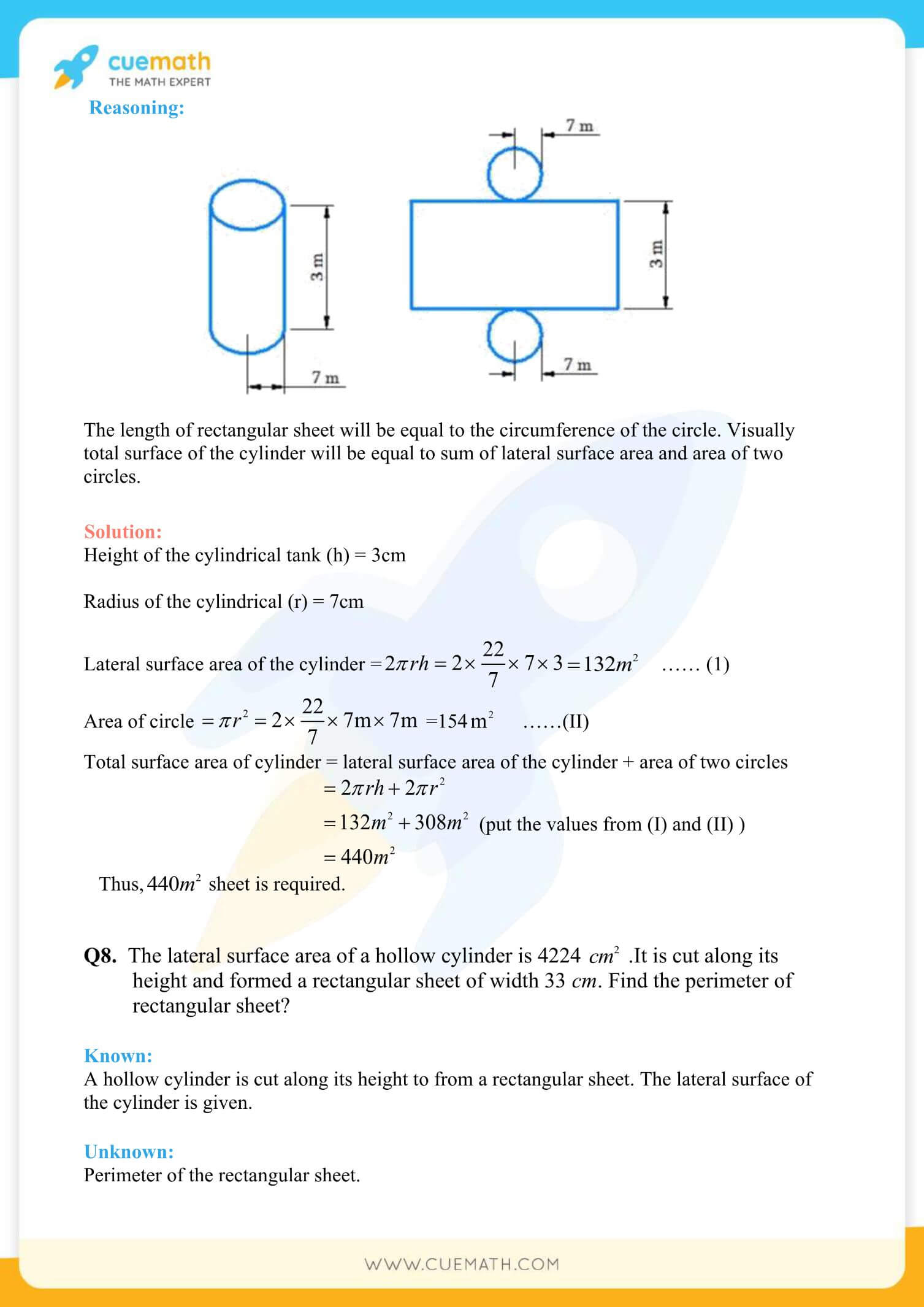
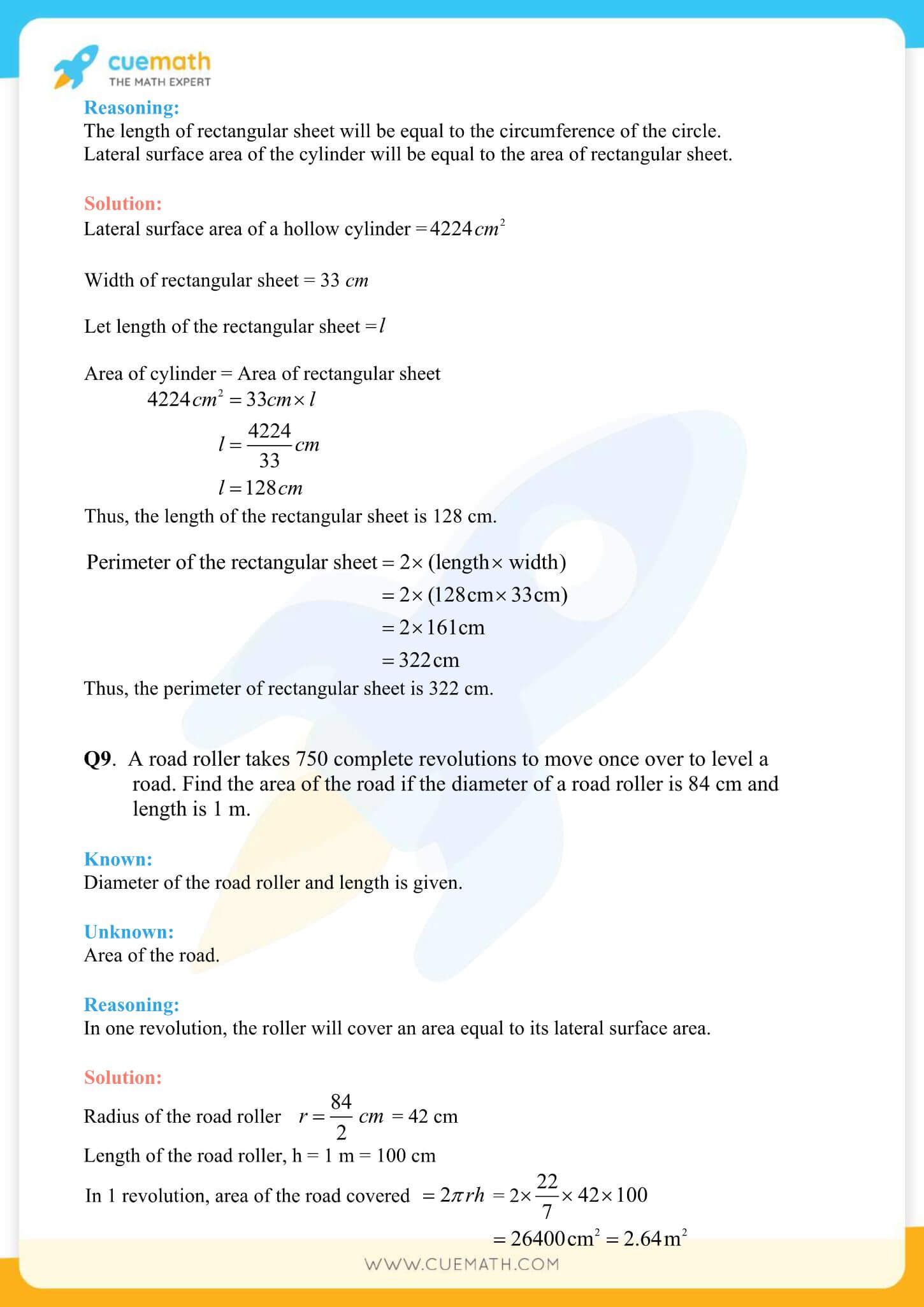
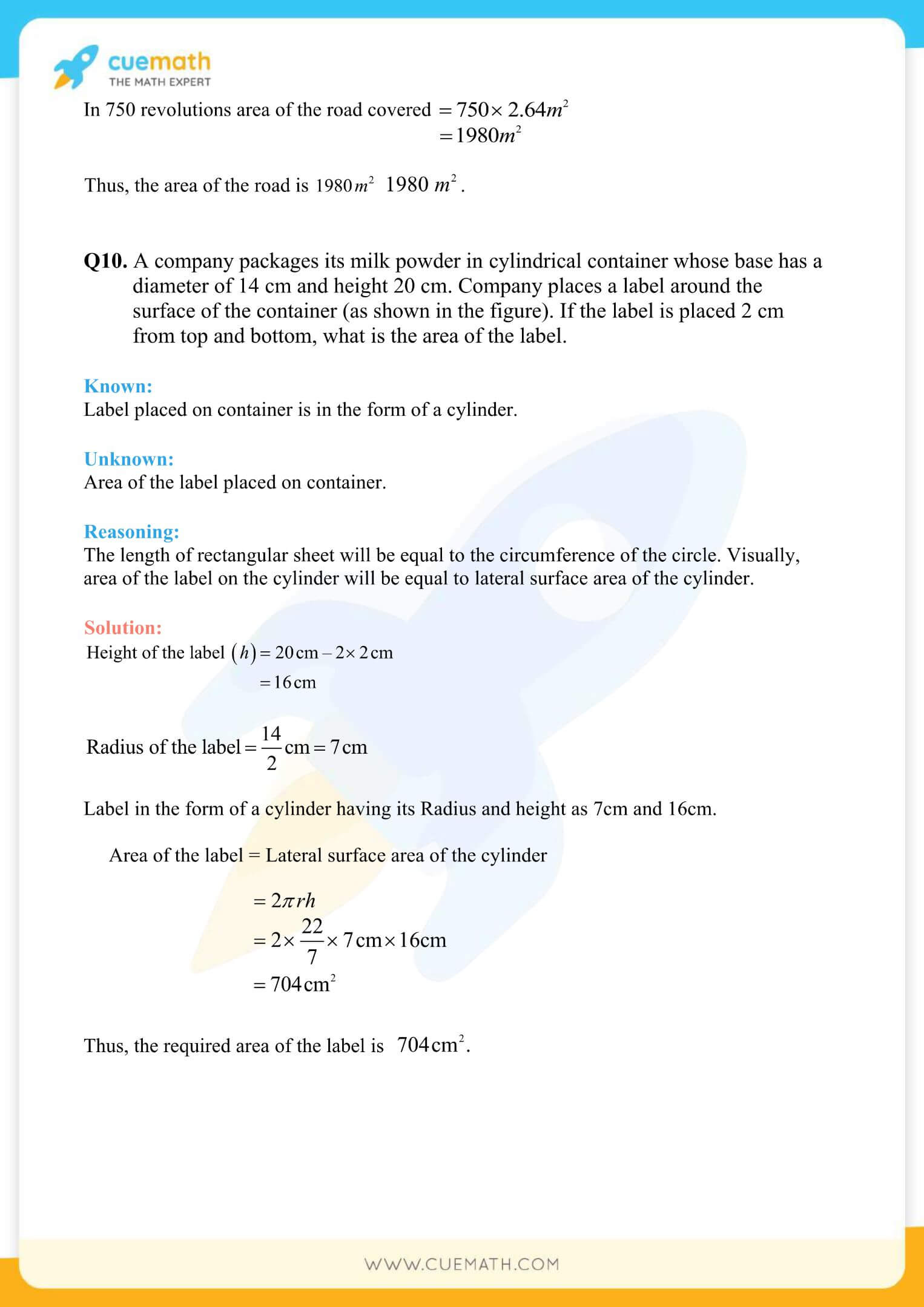
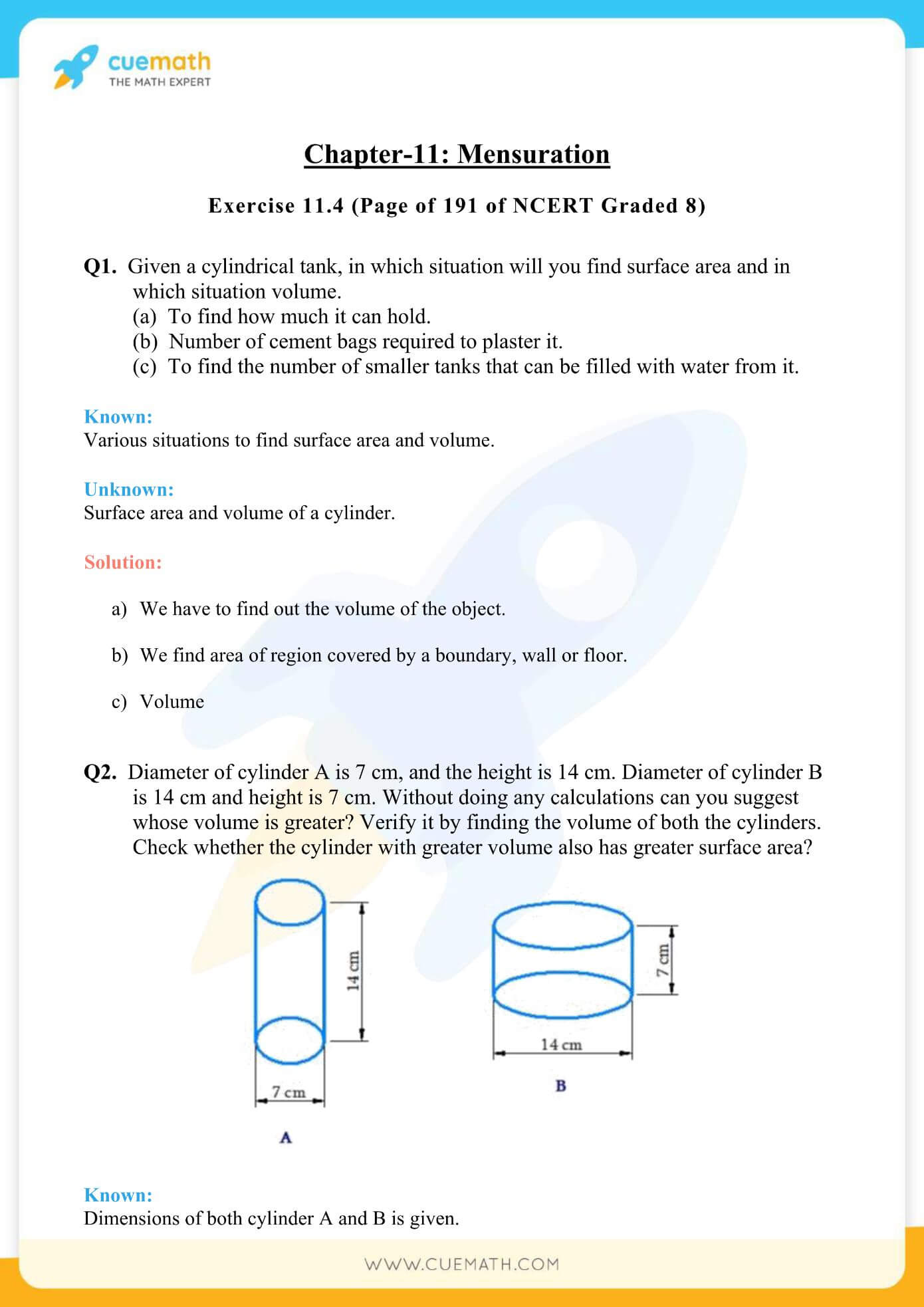
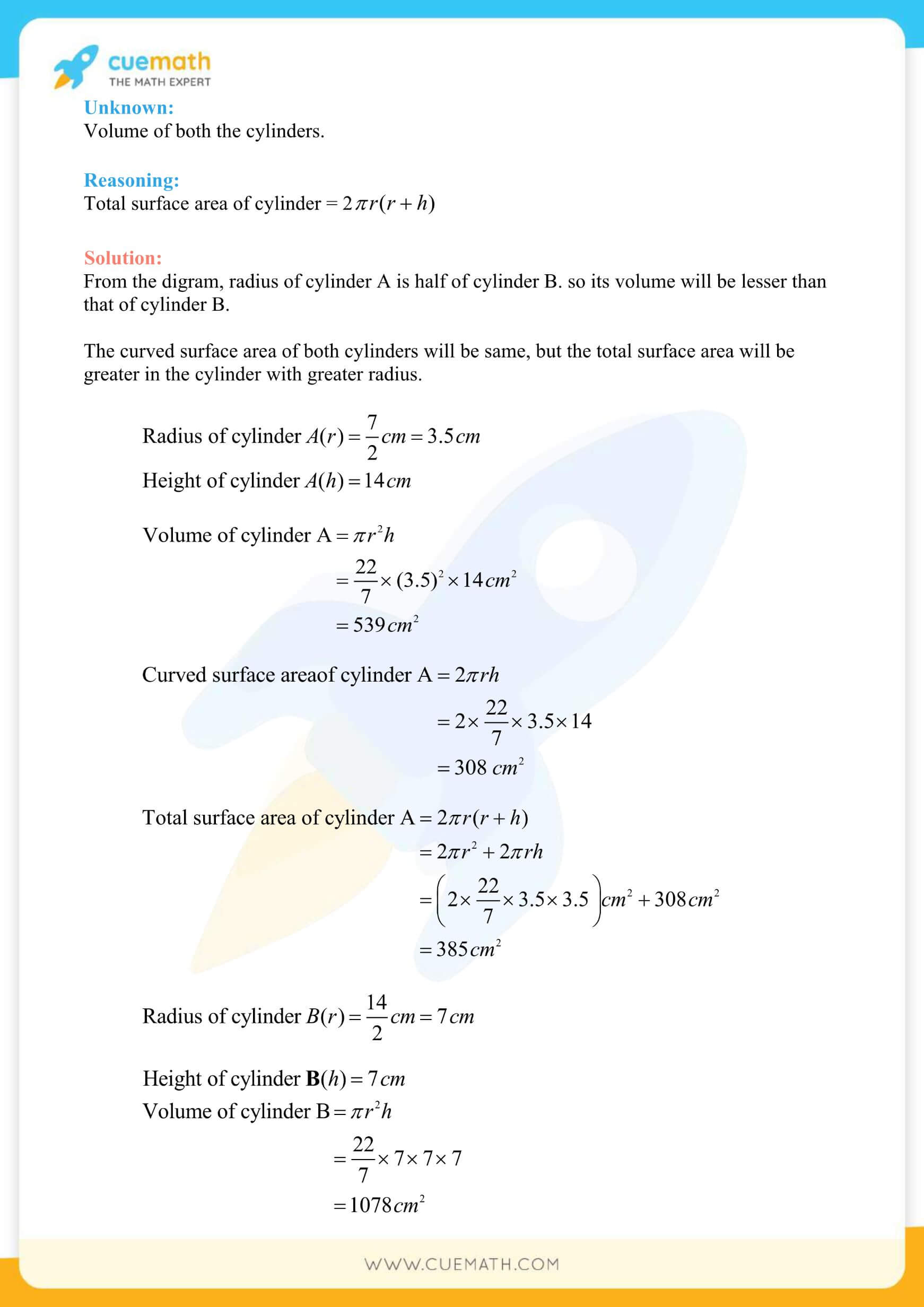
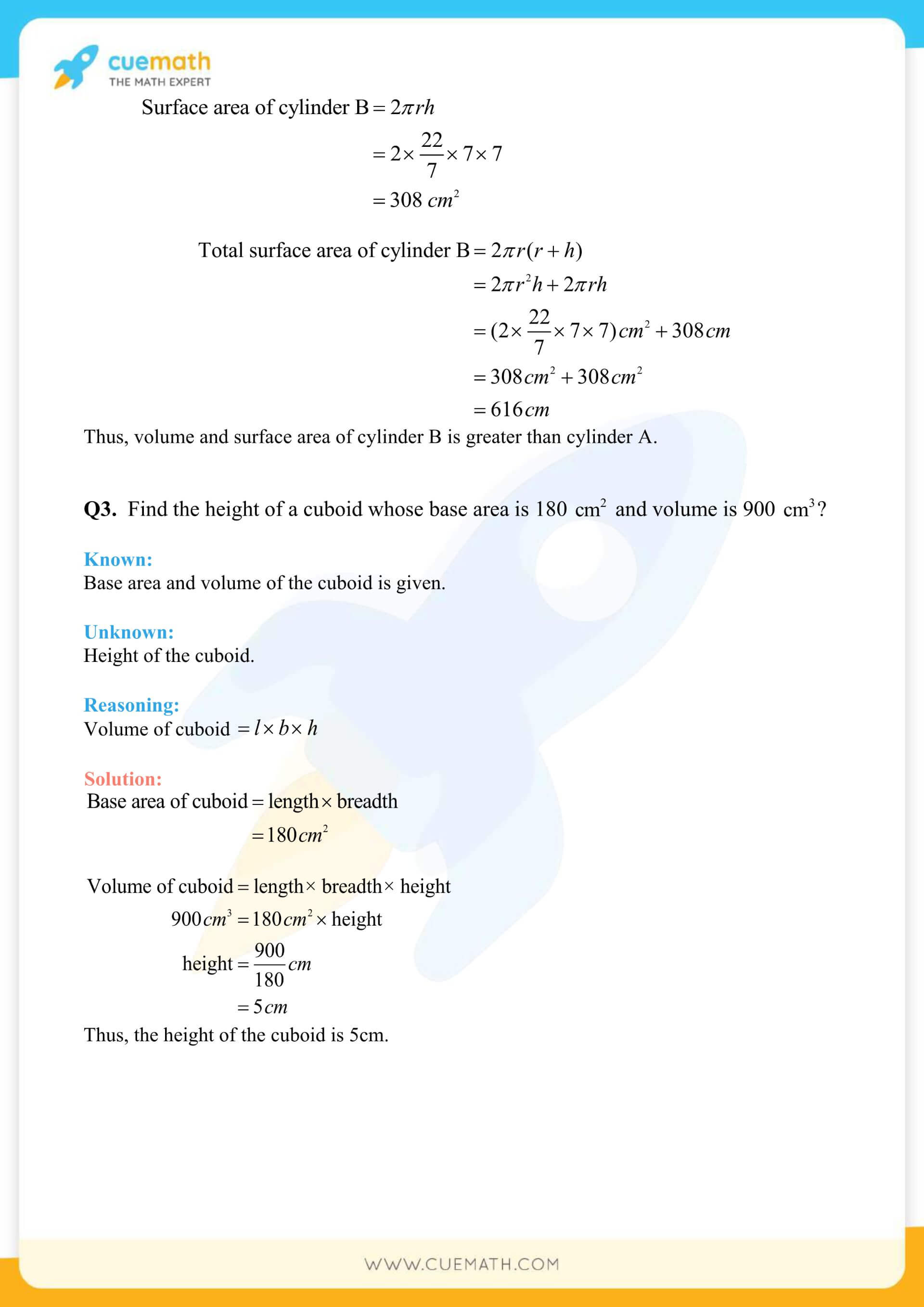
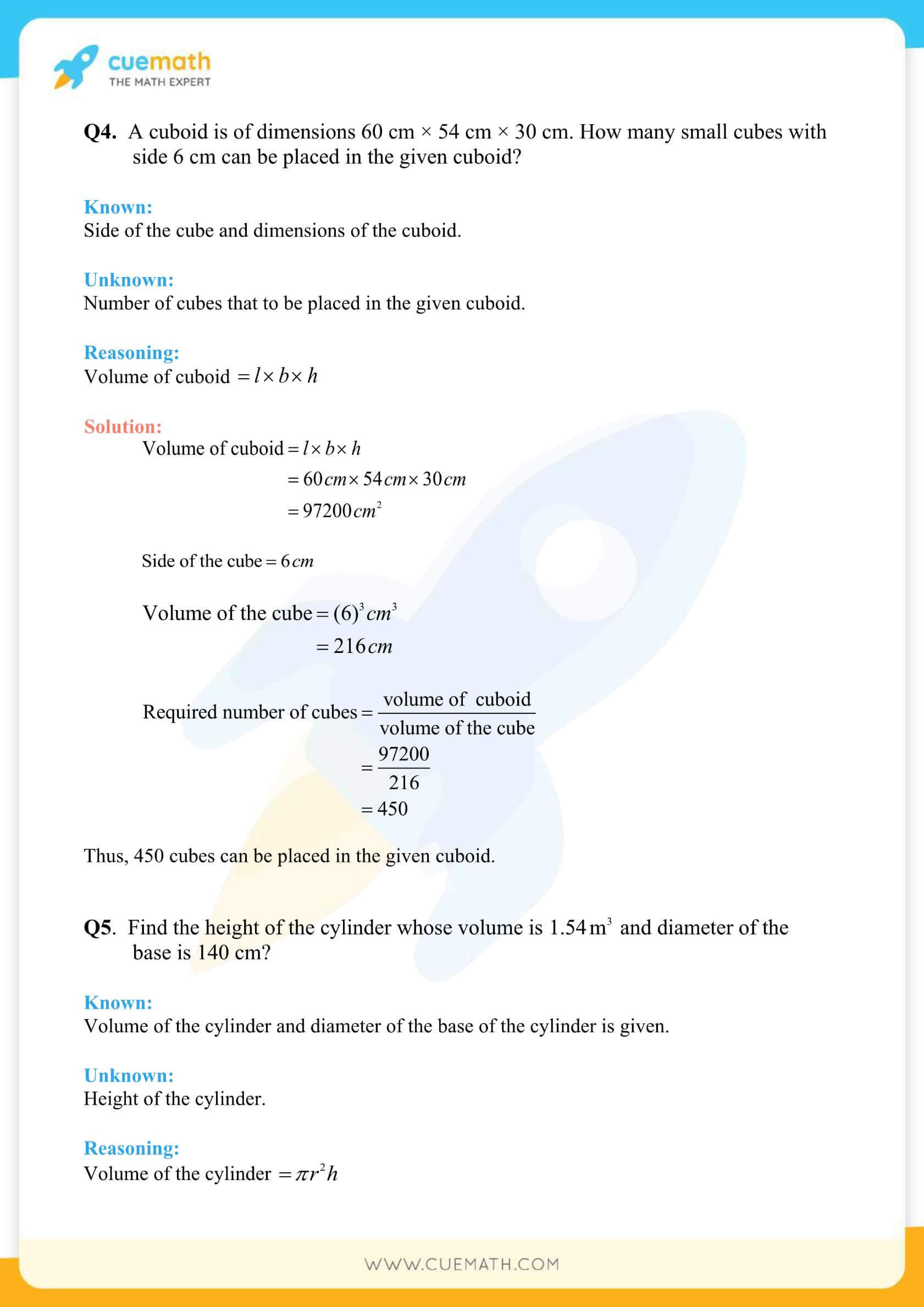
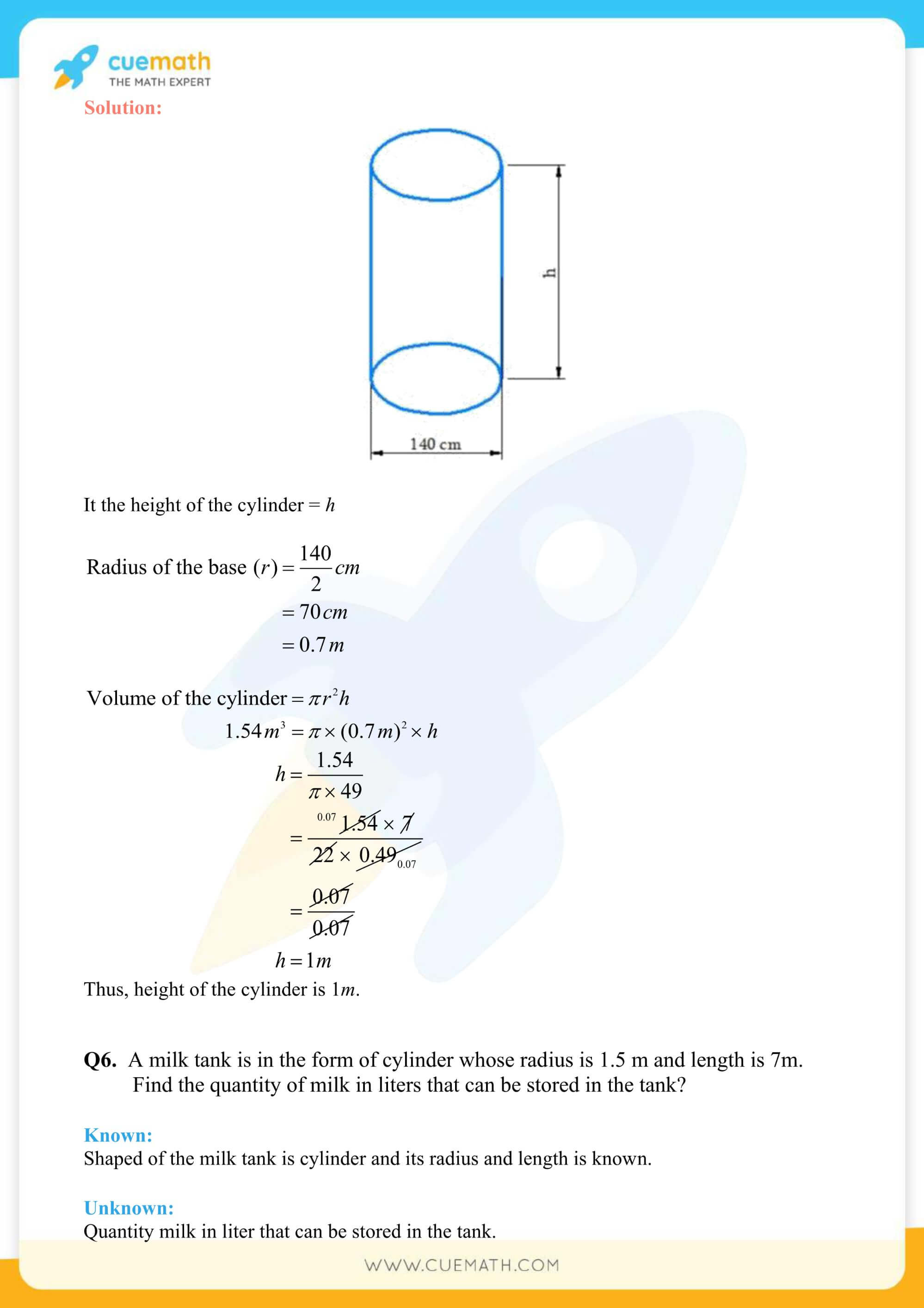
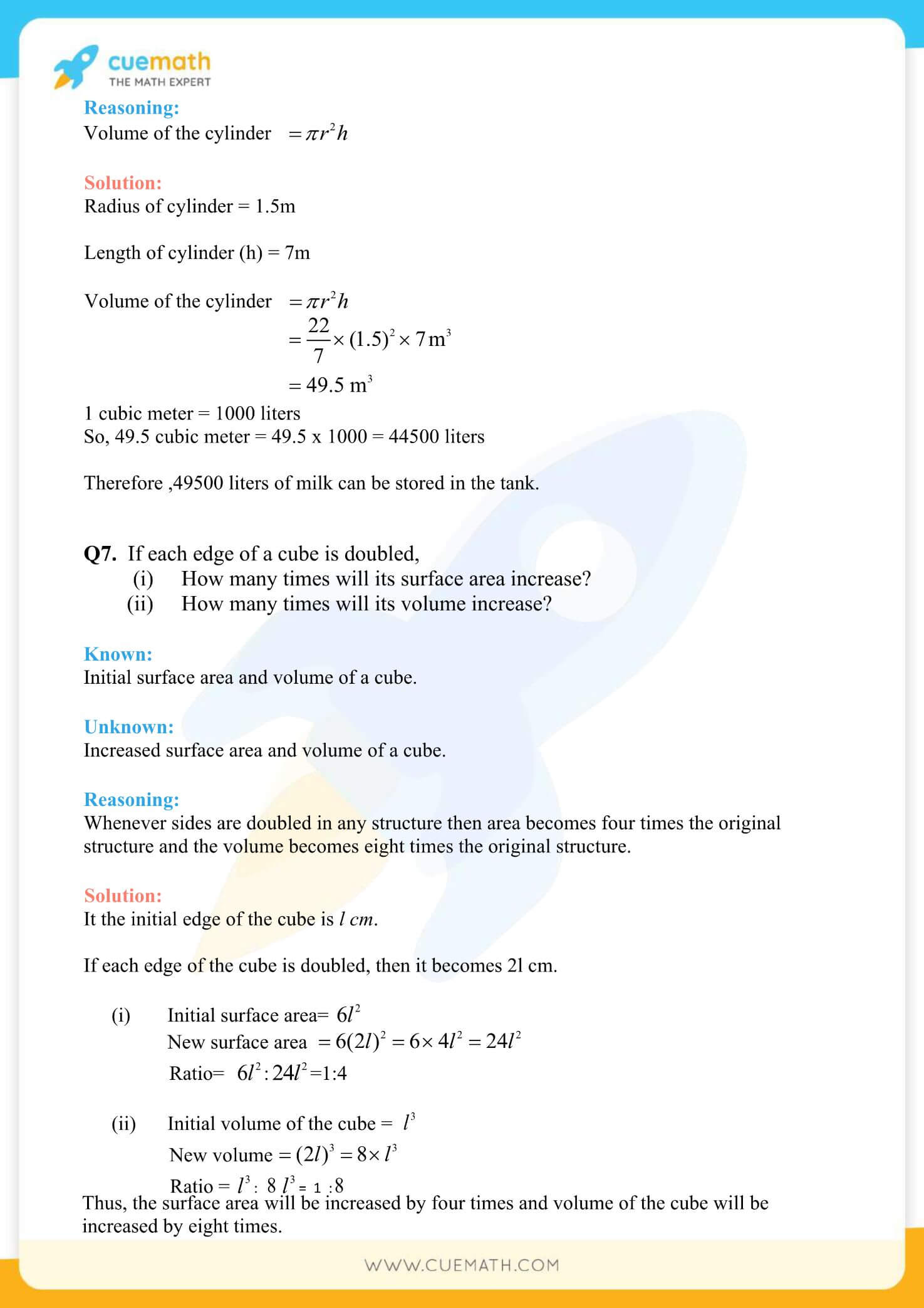
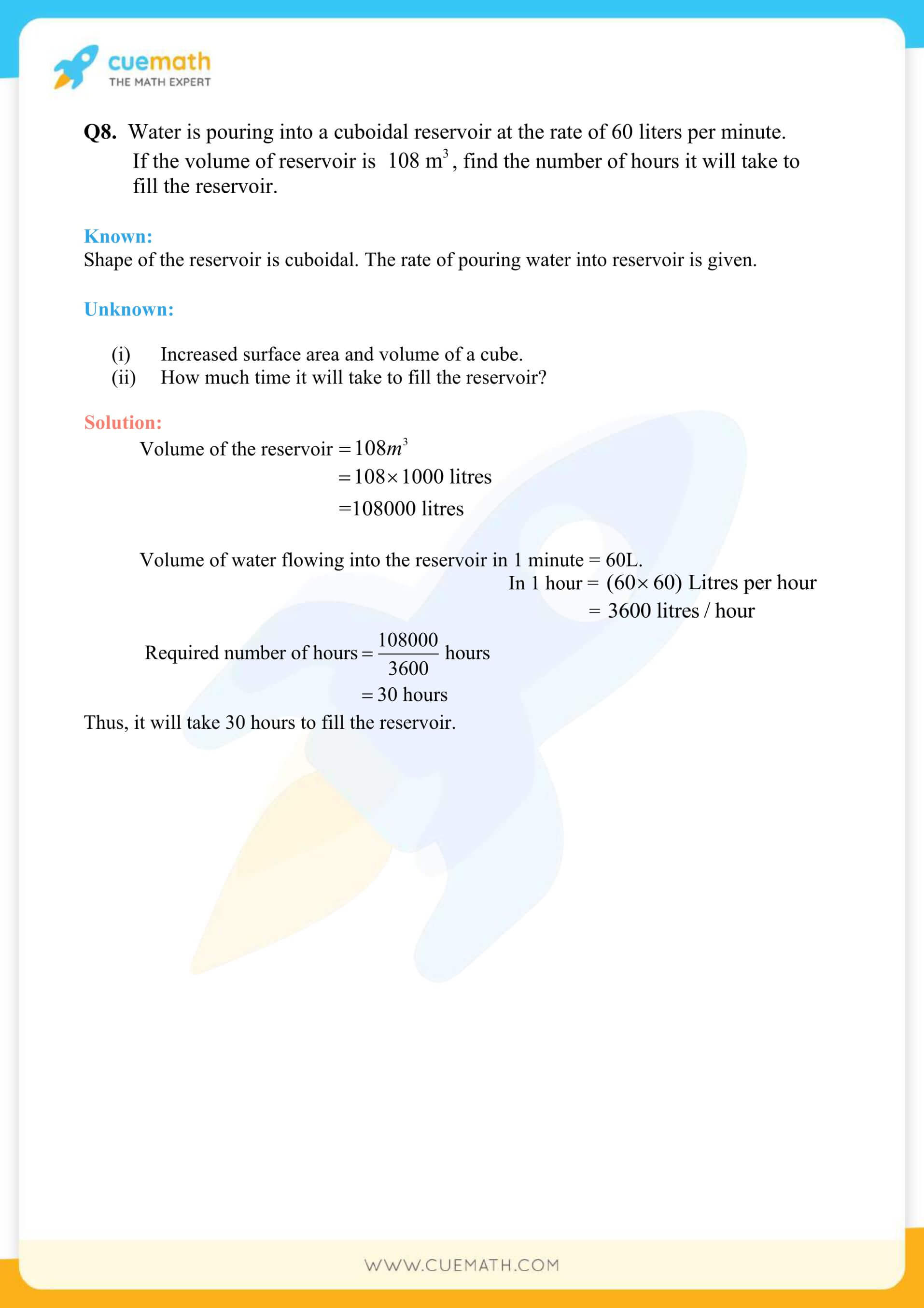
NCERT Solutions for Class 8 Maths Chapter 11 Mensuration
To become a master of any topic a child needs constant practice and due diligence. Additionally, his lesson has several formulas that can become confusing to memorize. In order to combat this issue, it is advised that students visit the links mentioned above periodically so as to recall concepts within seconds when required, especially during an examination. To get an insight into each exercise detailed reasoning and scrutiny of the NCERT Solutions Class 8 Maths Chapter 11 mensuration are given below.
- Class 8 Maths Chapter 11 Ex 11.1 - 5 Questions
- Class 8 Maths Chapter 11 Ex 11.2 - 11 Questions
- Class 8 Maths Chapter 11 Ex 11.3 - 10 Questions
- Class 8 Maths Chapter 11 Ex 11.4 - 8 Questions
☛ Download Class 8 Maths Chapter 11 NCERT Book
Topics Covered: Finding the area and perimeter of a square, rectangle, triangle, polygon, trapezium, circle, as well as a general quadrilateral, determining the surface area (total, lateral or curved) of cubes, cuboids, and cylinders along with their volumes are the scope of topics that fall under class 8 maths NCERT solutions chapter 11.
Total Questions: There are a total of 34 well-researched problems in Class 8 maths chapter 11 Mensuration. 7 are easy formula-based sums, 10 are slightly more complicated while 17 require a child to employ his reasoning and visualization skills to solve the questions.
List of Formulas in NCERT Solutions Class 8 Maths Chapter 11
NCERT solutions class 8 maths chapter 11 is vastly geared towards formulas. These formulas can be seen as a way to simplify difficult questions. Children must first understand how they are derived before moving on to making formula charts for memorization. By understanding the underlying concept behind the formulas kids can easily apply them to solve even the toughest problems. This lesson gives a quick review of the formulas learned in previous classes and elaborates on new topics in a simple language. A few of the important formulas available in the NCERT solutions for class 8 maths chapter 11 are given below:
- Area of a trapezium = half of the sum of the lengths of parallel sides × perpendicular distance between them
- Area of a rhombus = half the product of its diagonals
- TSA (total surface area) of a cuboid = 2(lb + bh + hl)
- Volume of a cuboid = l × b × h
Important Questions for Class 8 Maths NCERT Solutions Chapter 11
| CBSE Important Questions for Class 8 Maths Chapter 11 Exercise 11.1 |
|---|
| CBSE Important Questions for Class 8 Maths Chapter 11 Exercise 11.2 |
|---|
| CBSE Important Questions for Class 8 Maths Chapter 11 Exercise 11.3 |
|---|
| CBSE Important Questions for Class 8 Maths Chapter 11 Exercise 11.4 |
|---|
NCERT Solutions for Class 8 Maths Video Chapter 11
FAQs on NCERT Solutions Class 8 Maths Chapter 11
Why are NCERT Solutions Class 8 Maths Chapter 11 Important?
NCERT Solutions Class 8 Maths Chapter 11 gives a practical approach to solving various real-life problems. For example, if we have a rectangular park that needs to be fenced, the concept of perimeter is required. We use the formula 2 * (length + breadth) to figure out this measurement. Hence, these solutions become very important as kids can build a robust mathematical foundation of this topic.
Do I Need to Practice all Questions Provided in NCERT Solutions Class 8 Maths Mensuration?
Each exercise that is encompassed in NCERT Solutions Class 8 Maths Mensuration is based on a different concept. There are a wide variety of sums that range from simple problems seeing the utilization of a formula to complicated questions that require the use of a student’s mathematical acumen. Thus, it becomes essential to solve all questions to get an idea of the kind of problems that can come in an examination.
What are the Important Topics Covered in NCERT Solutions Class 8 Maths Chapter 11?
The topics covered in NCERT Solutions Class 8 Maths Chapter 11 are finding the area, perimeter, surface area as well as the volume of different shapes. All sections have to be allotted an equal amount of time depending upon the skill of a student. However, since there are some new concepts introduced in this chapter such as the volume of a 3D solid, kids can focus on such topics a bit more and do a quick revision of the other subject matter.
How Many Questions are there in NCERT Solutions Class 8 Maths Chapter 11 Mensuration?
There are a total of 34 sums in the NCERT Solutions Class 8 Maths Chapter 11 Mensuration which can be further classified into simple, medium, and complex categories. The problems are presented in different formats such as fill in the blank, long and short answer questions to keep kids engaged while conveying quality education to them.
What are the Important Formulas in NCERT Solutions Class 8 Maths Chapter 11?
All formulas that fall under the NCERT Solutions Class 8 Maths Chapter 11 such as surface areas and volume of a cube, cuboid, and cylinders as well as area of quadrilaterals, trapeziums, etc., are crucial in getting an amazing grade in examinations. Kids should first try to develop a conceptual understanding of these formulas and then move on to learn them.
How CBSE Students can utilize NCERT Solutions Class 8 Maths Chapter 11 effectively?
To perfect the NCERT Solutions Class 8 Maths Chapter 11 the first step is to study the theory and get an insight into the ideologies that the lesson is based on. Next, students should go through the formulas and start attempting exercise problems. Finally, they should use these solutions to cross-check their answers and get an idea of how to present their responses to these questions in a stepwise manner.
visual curriculum